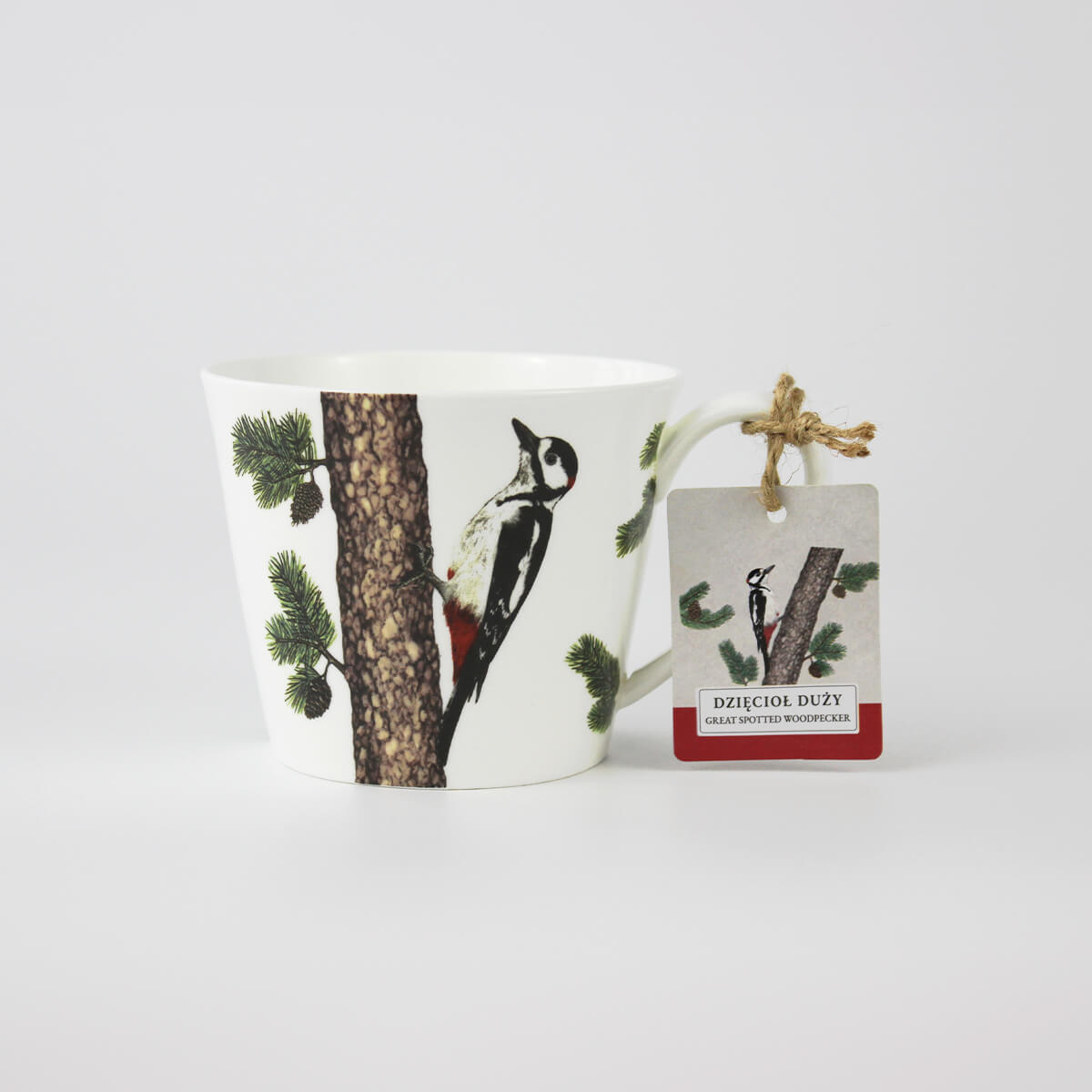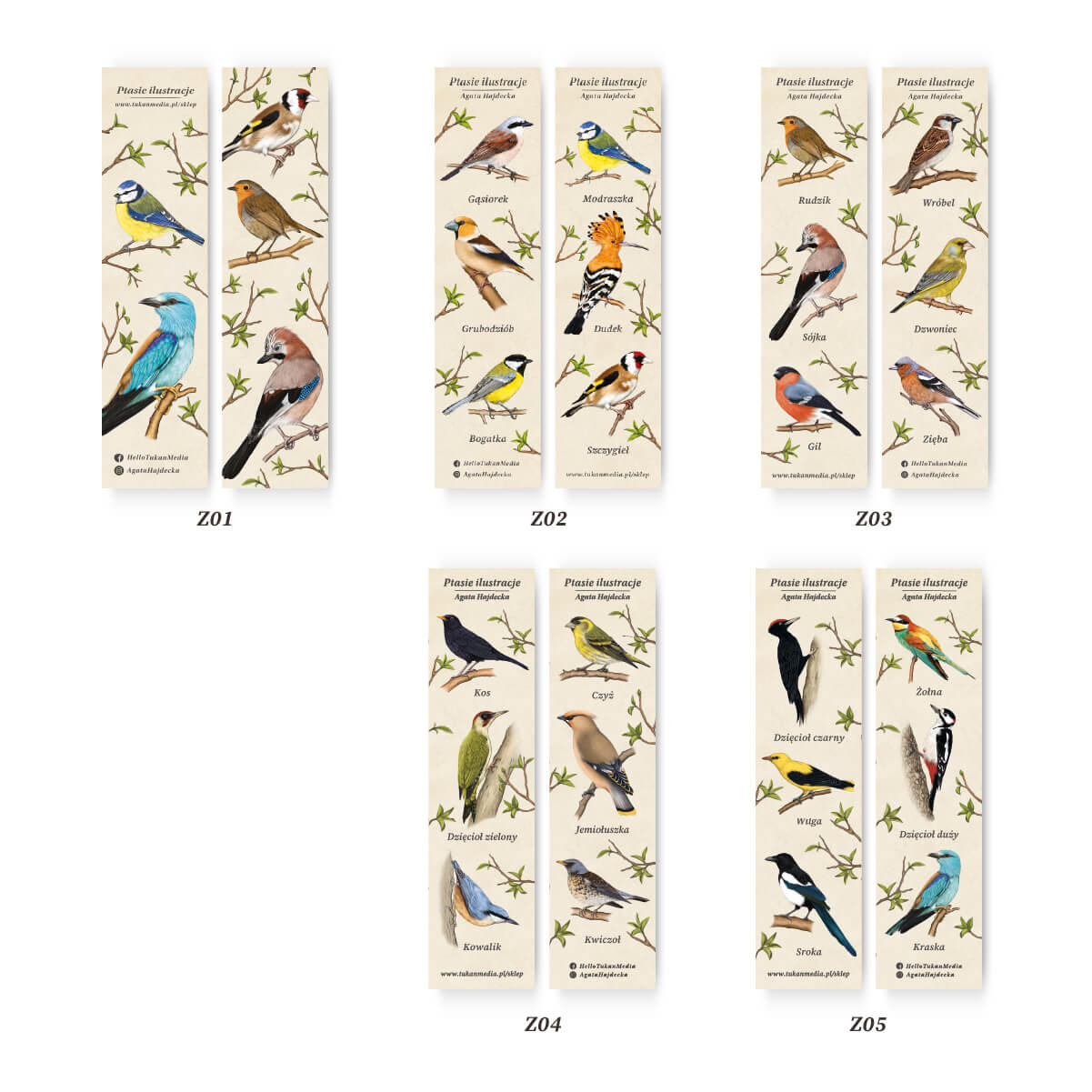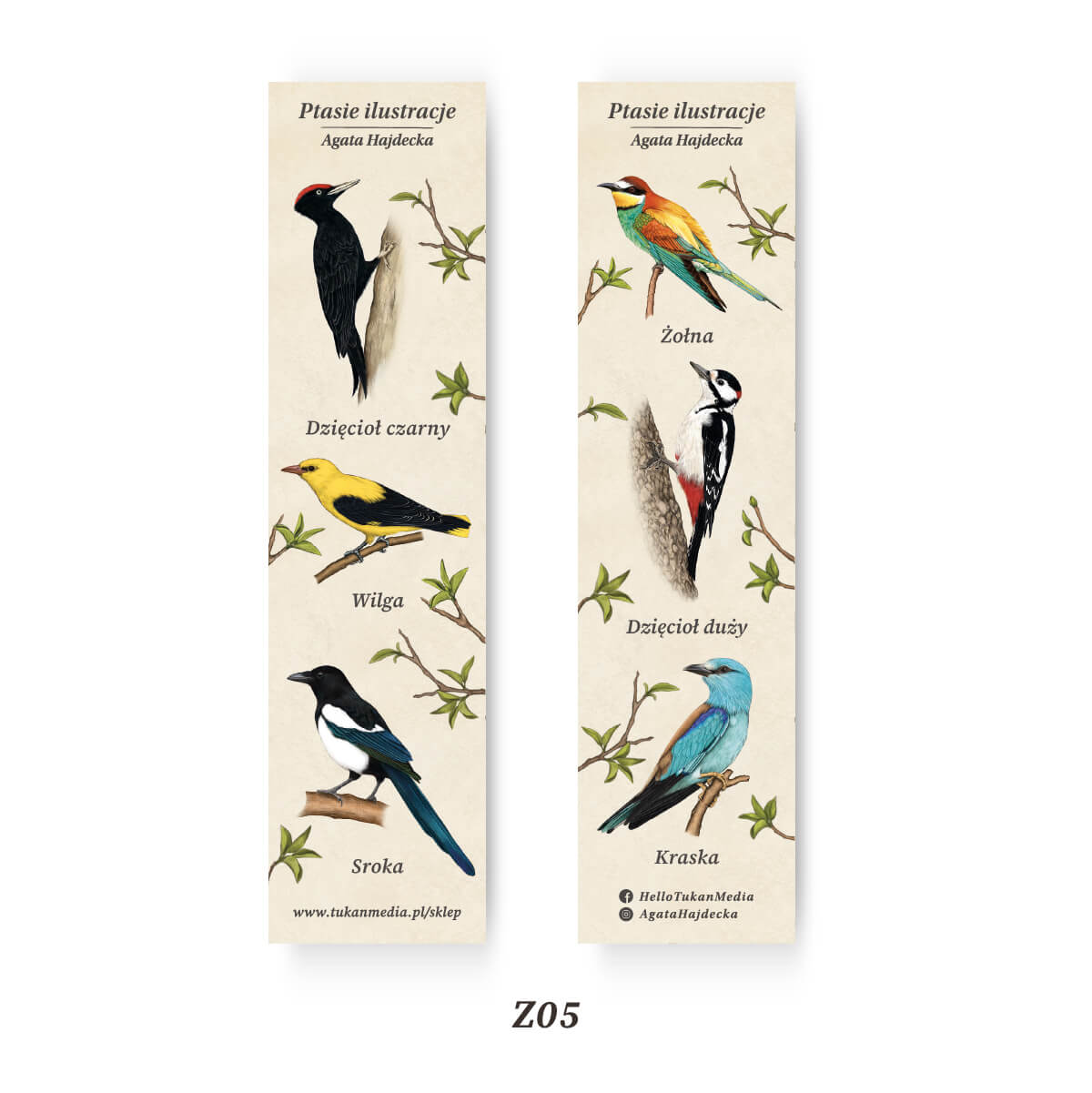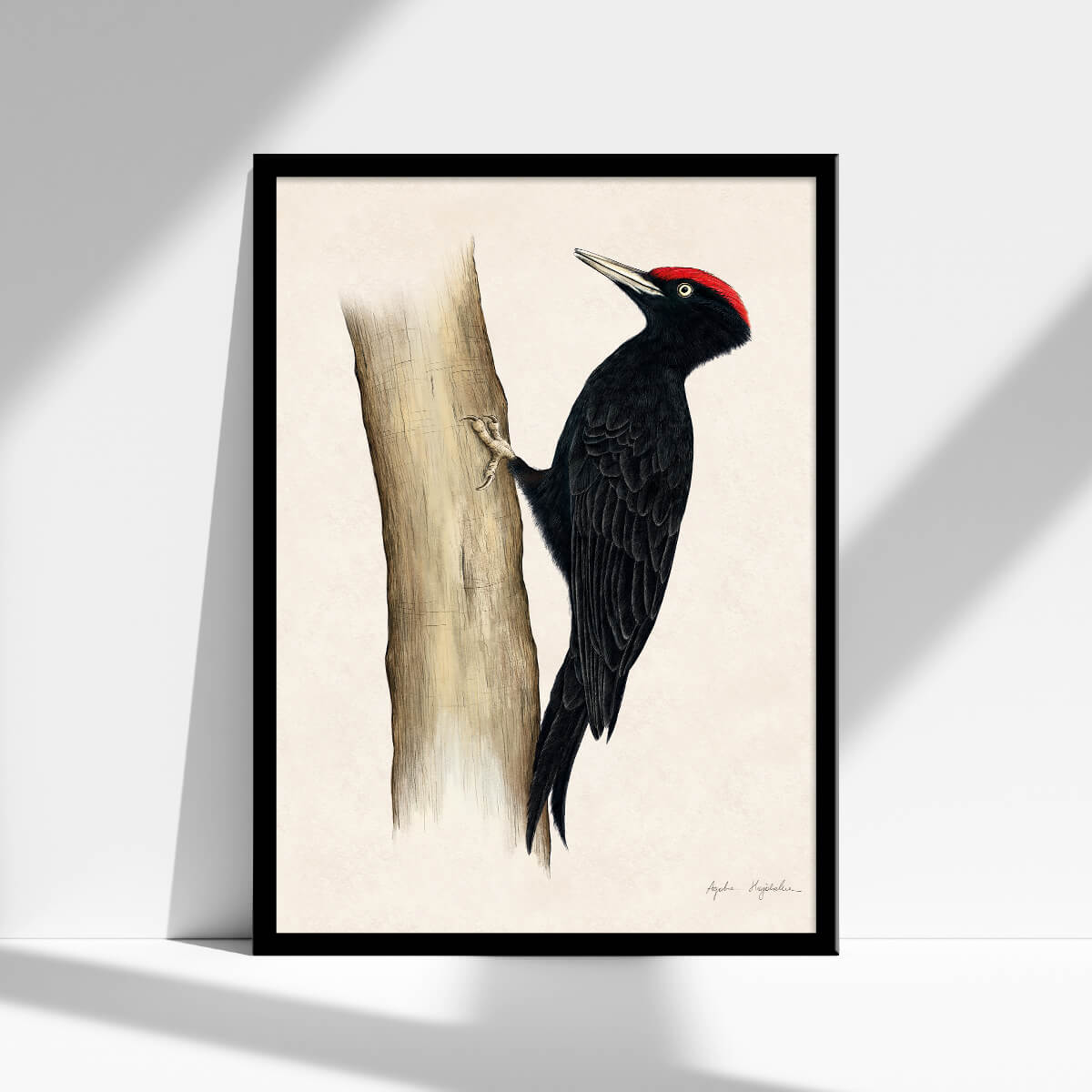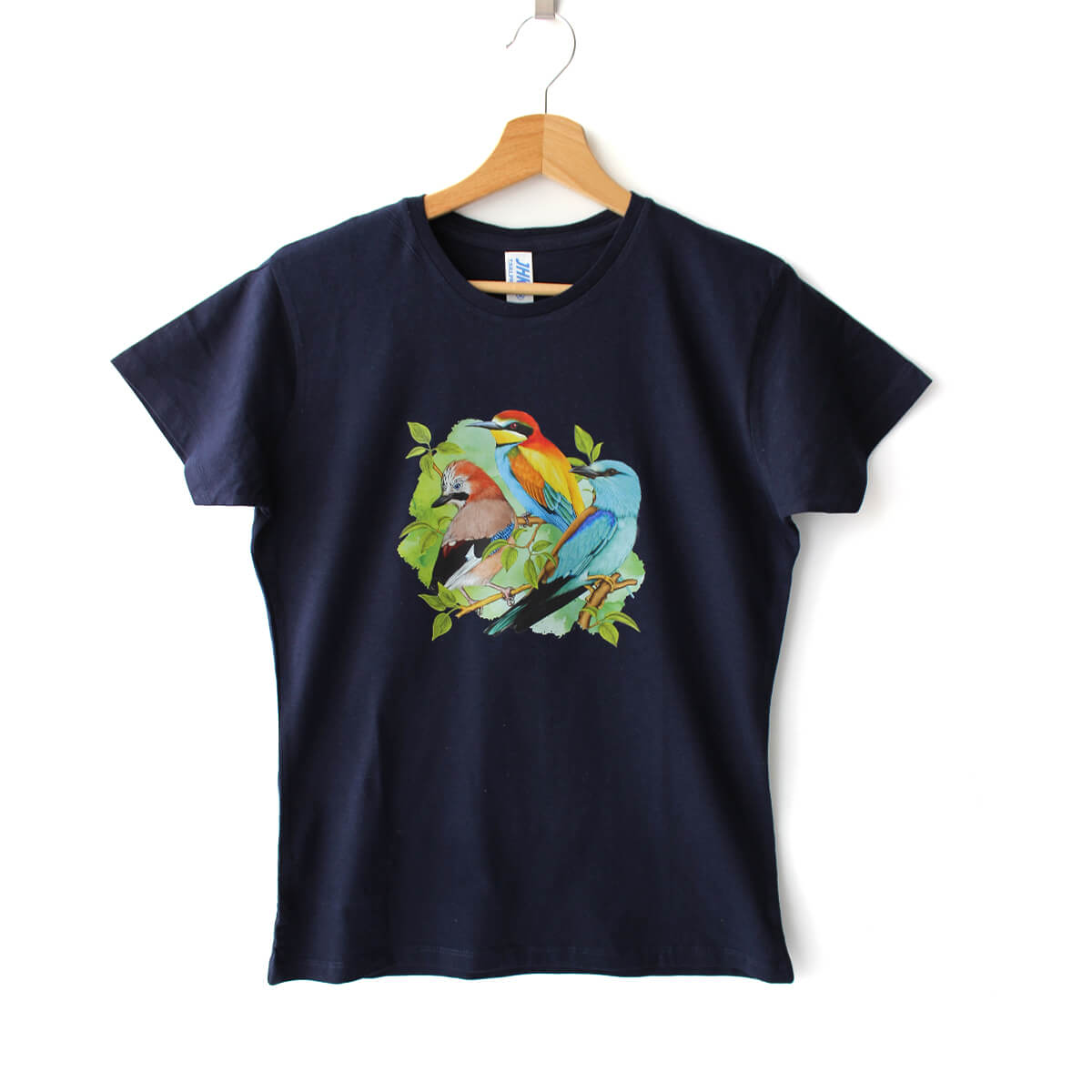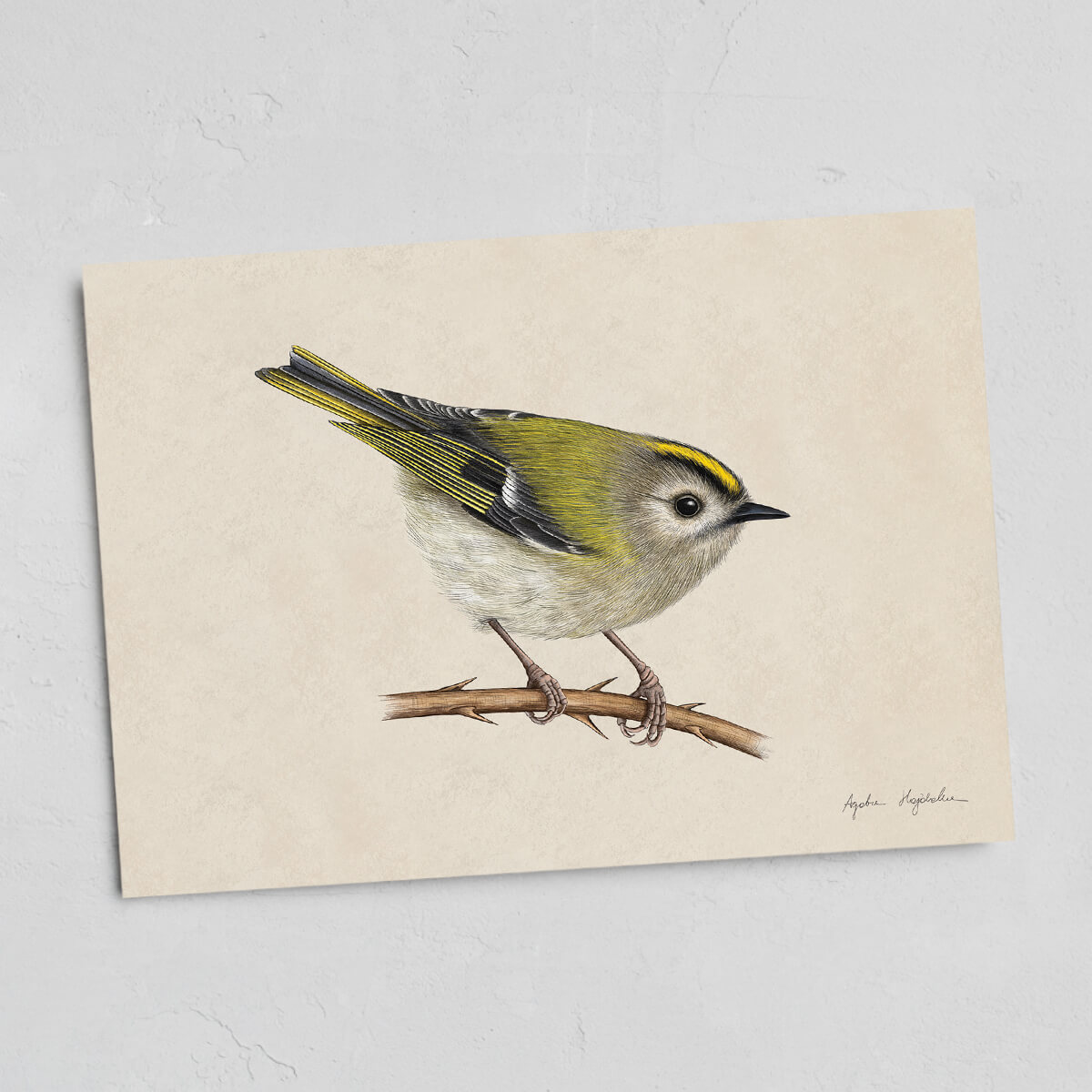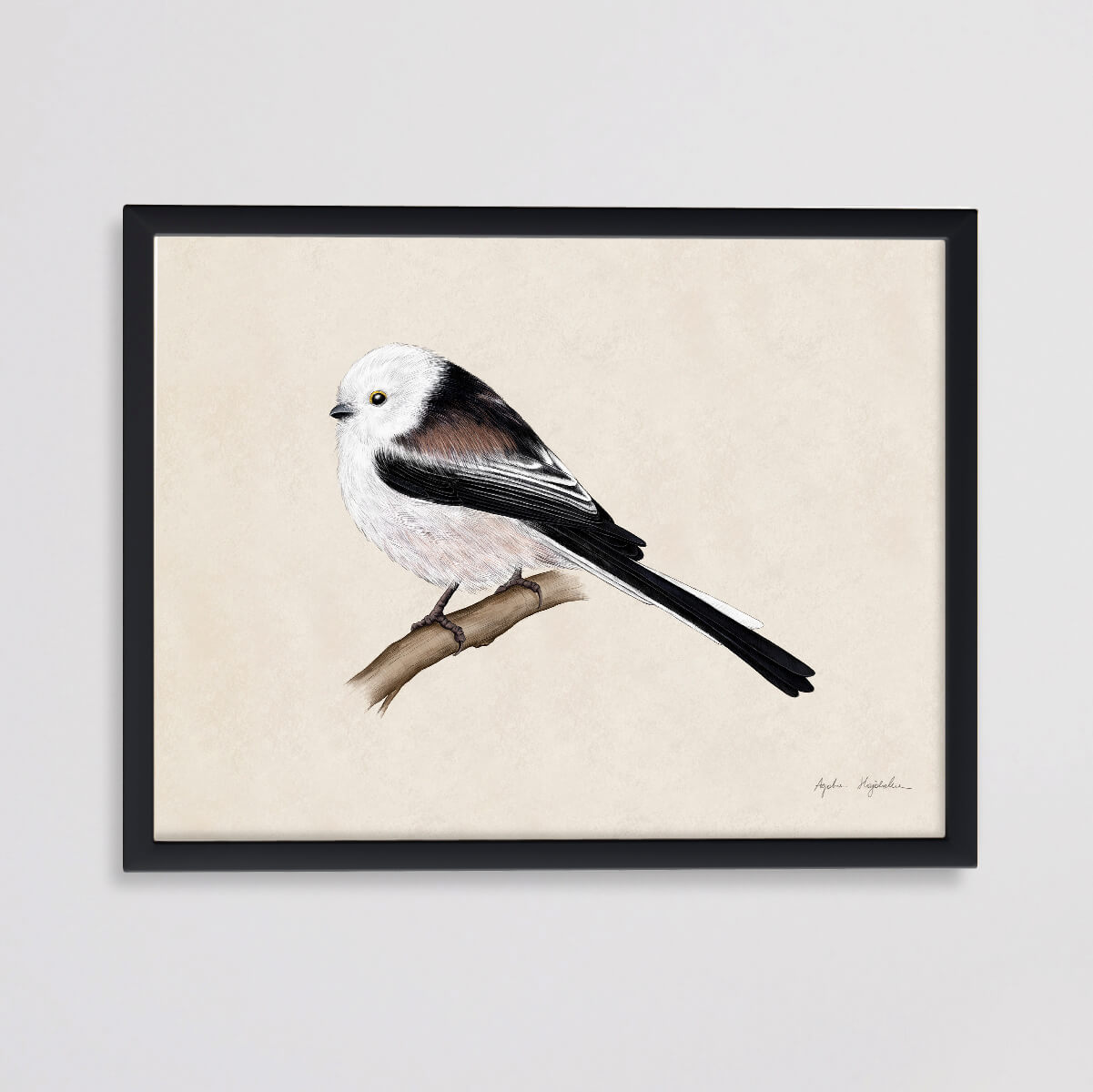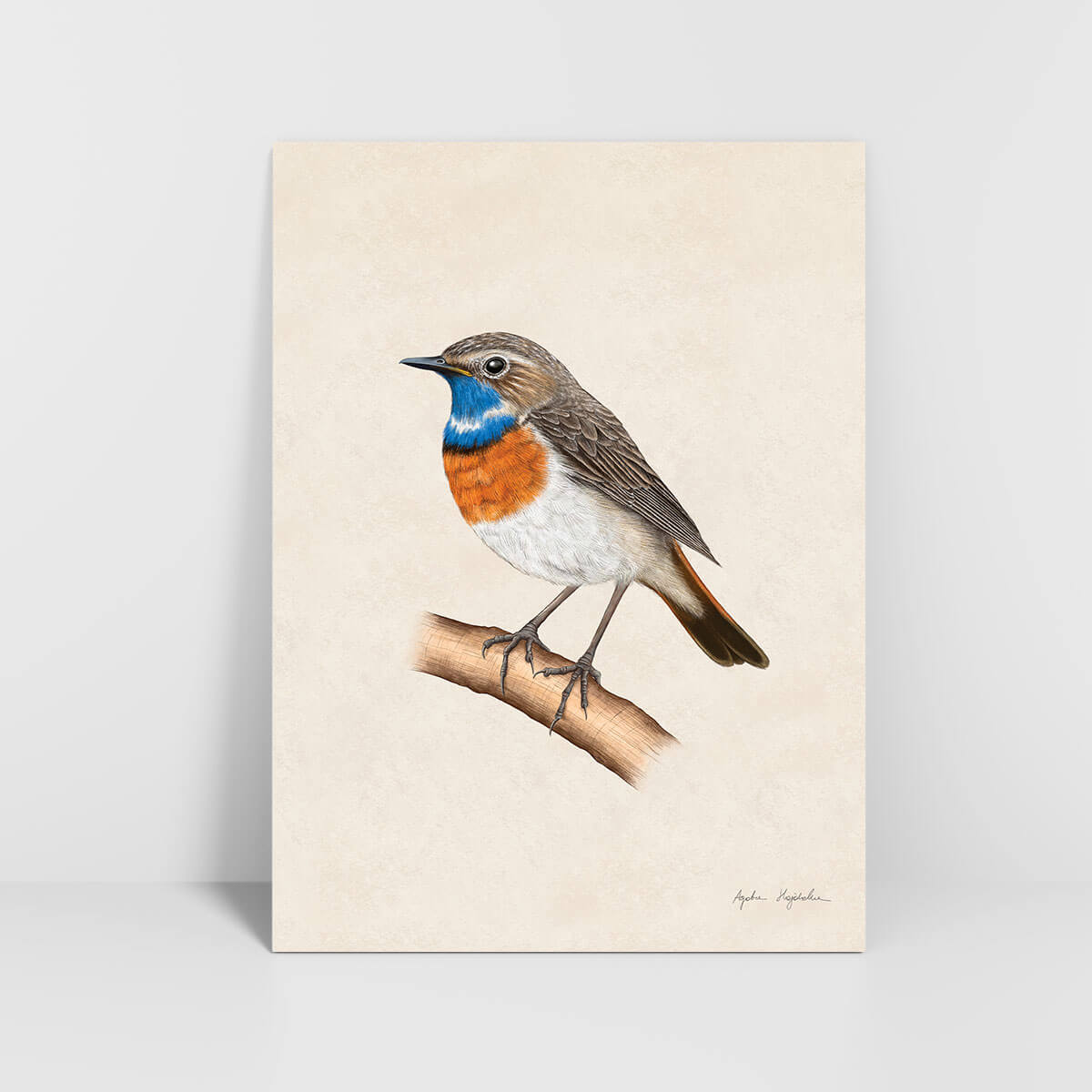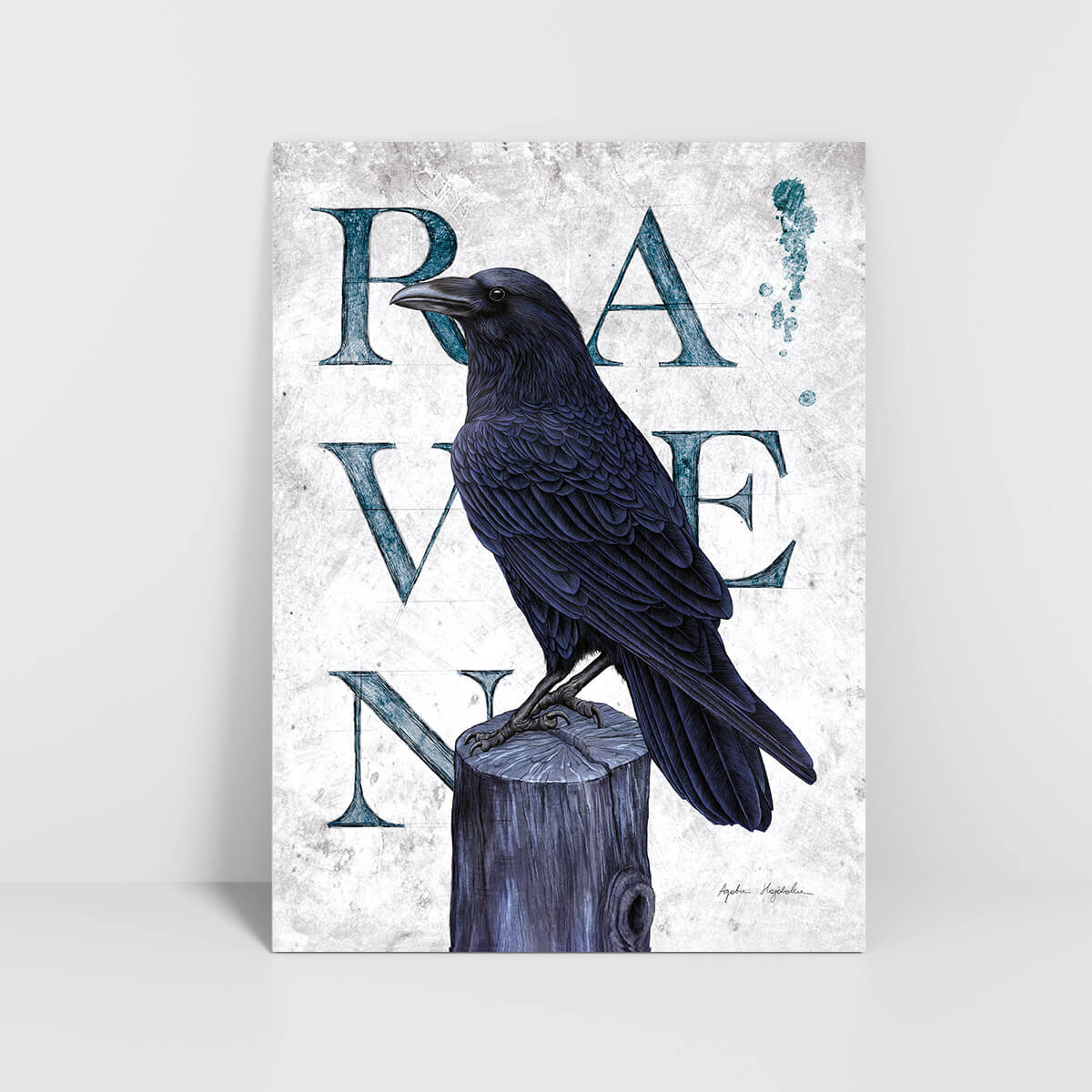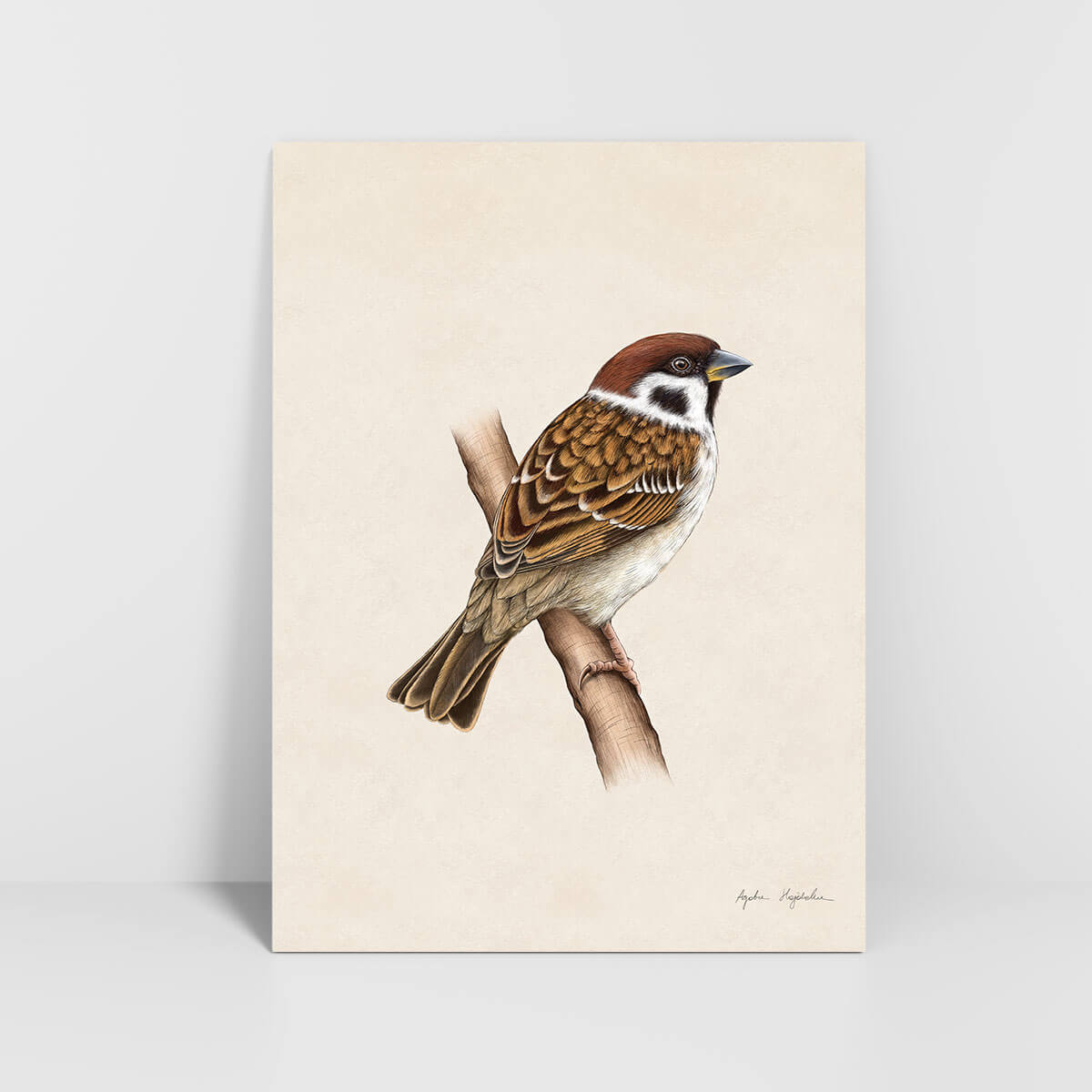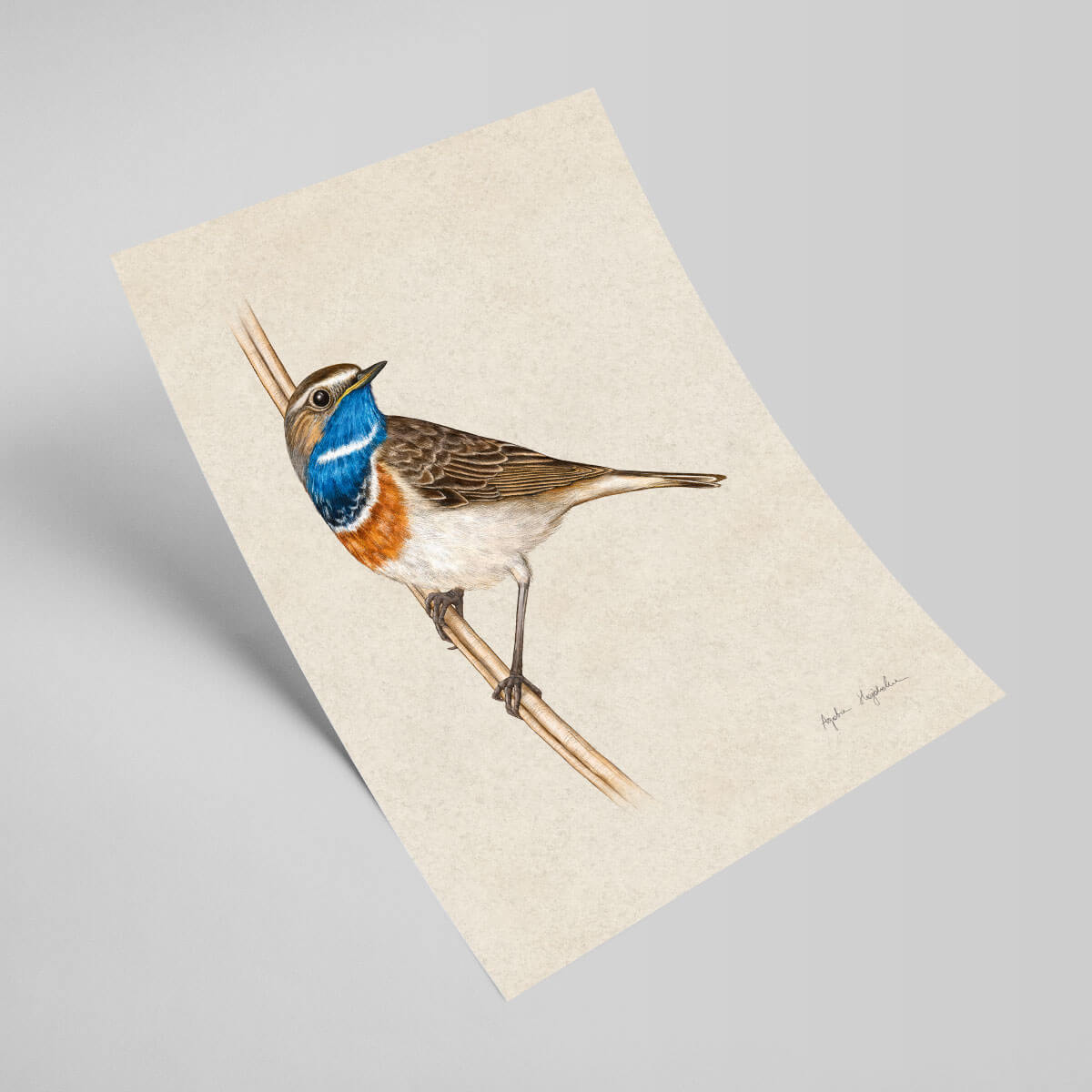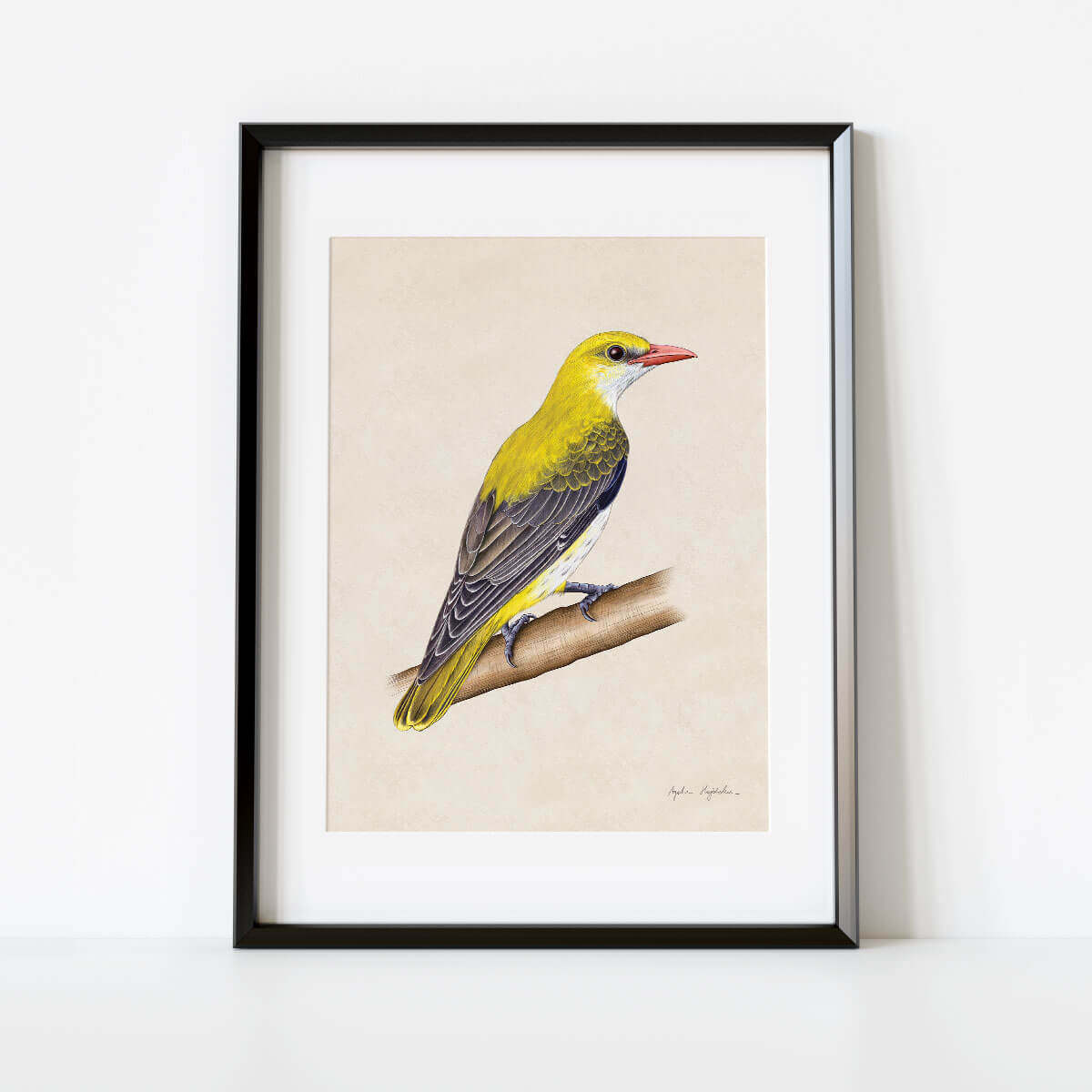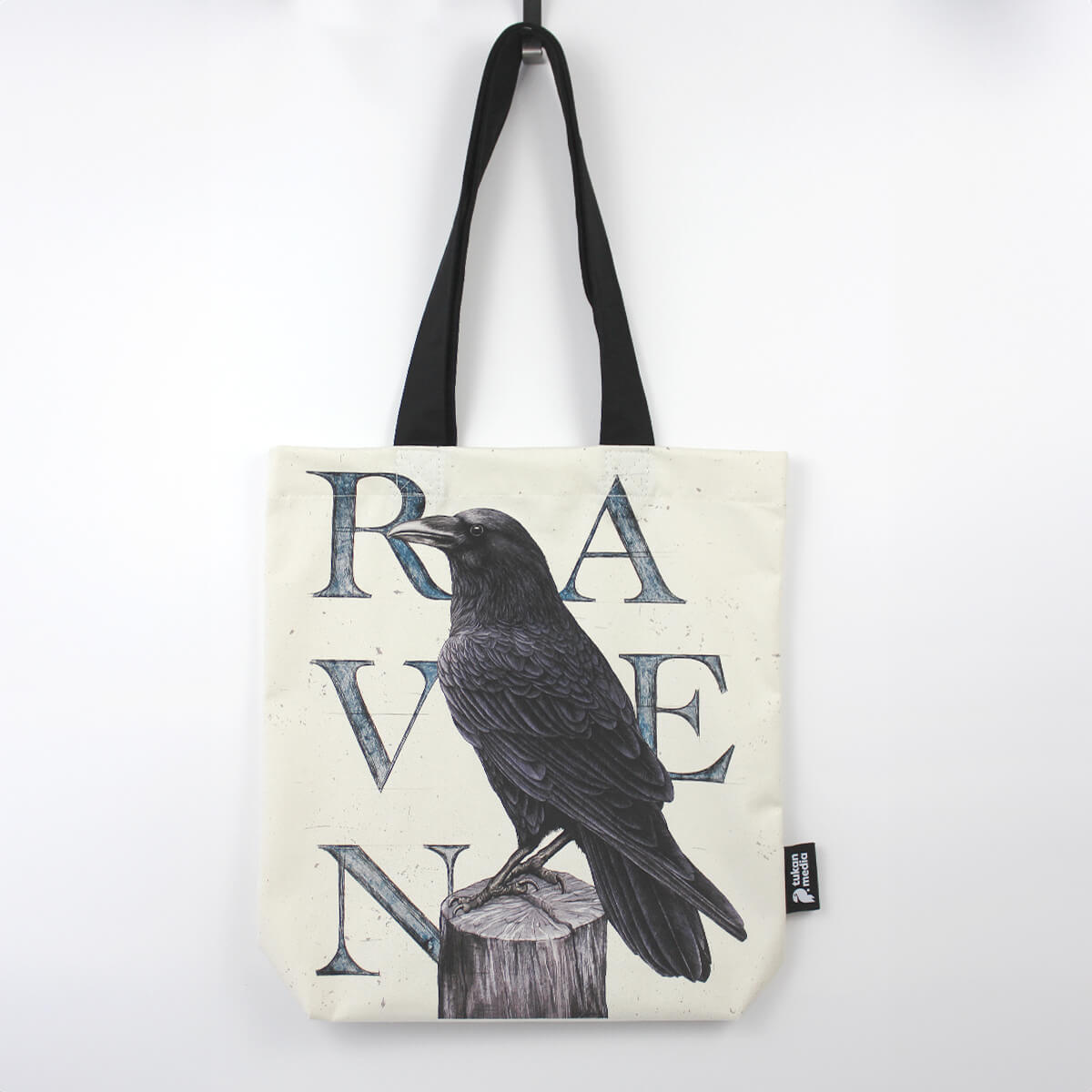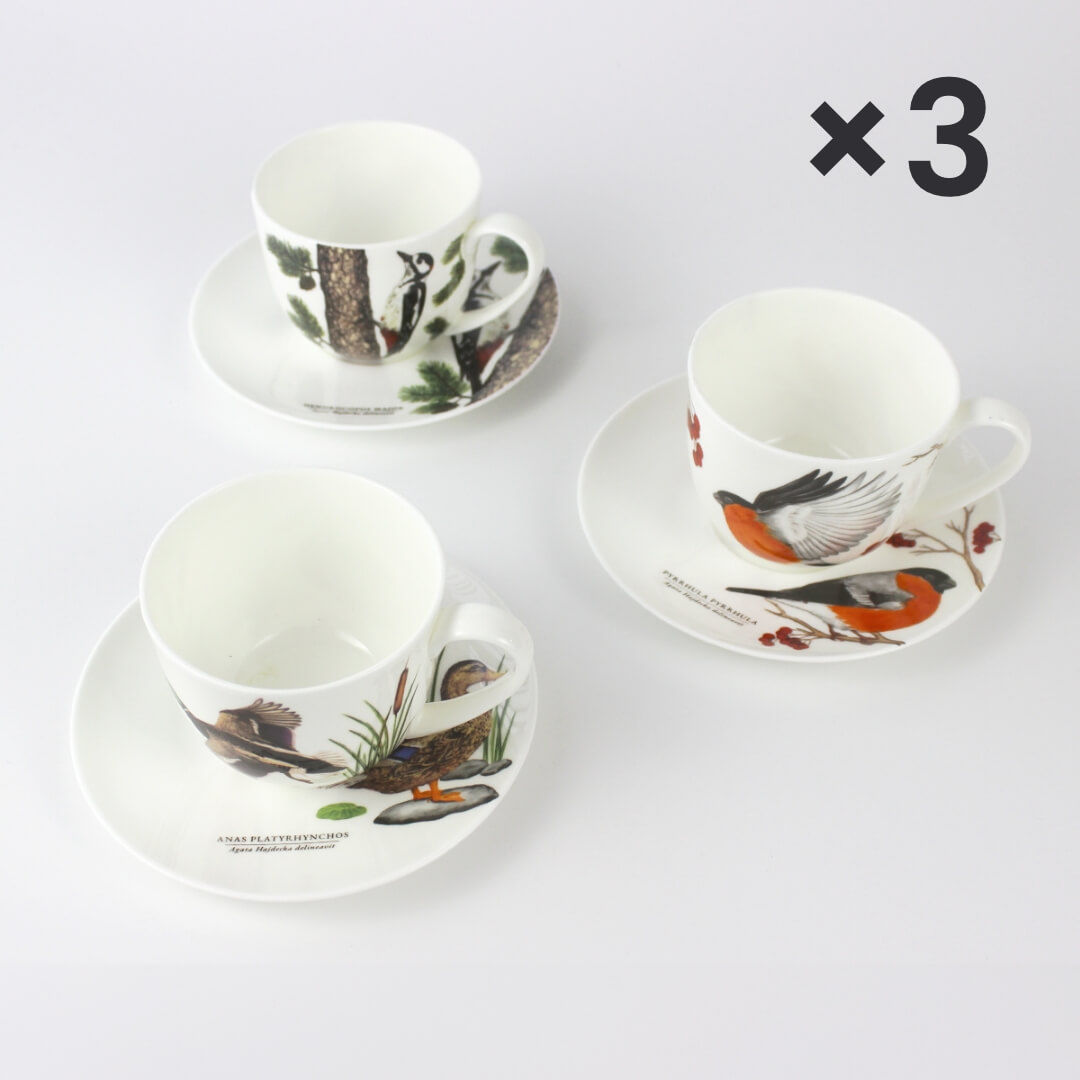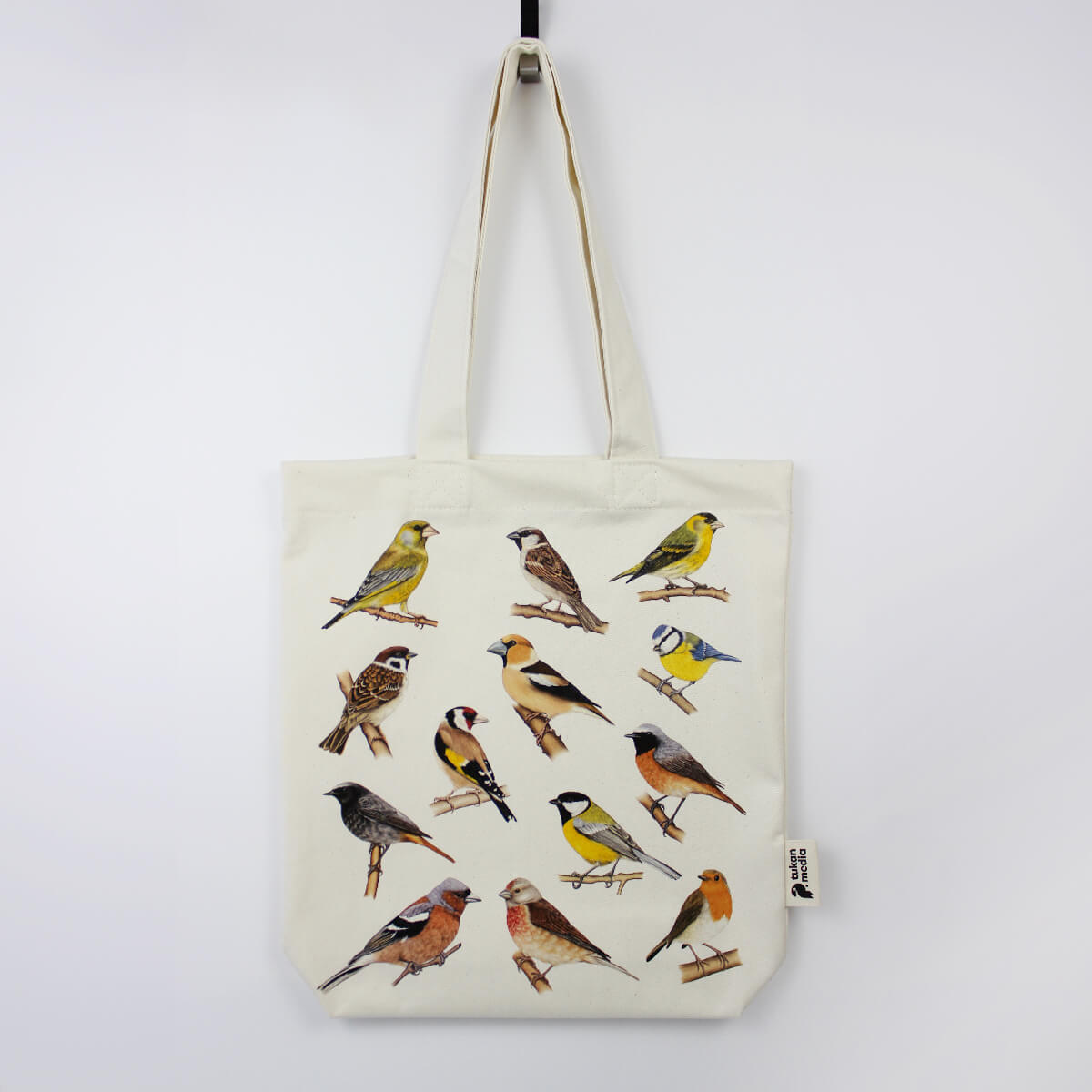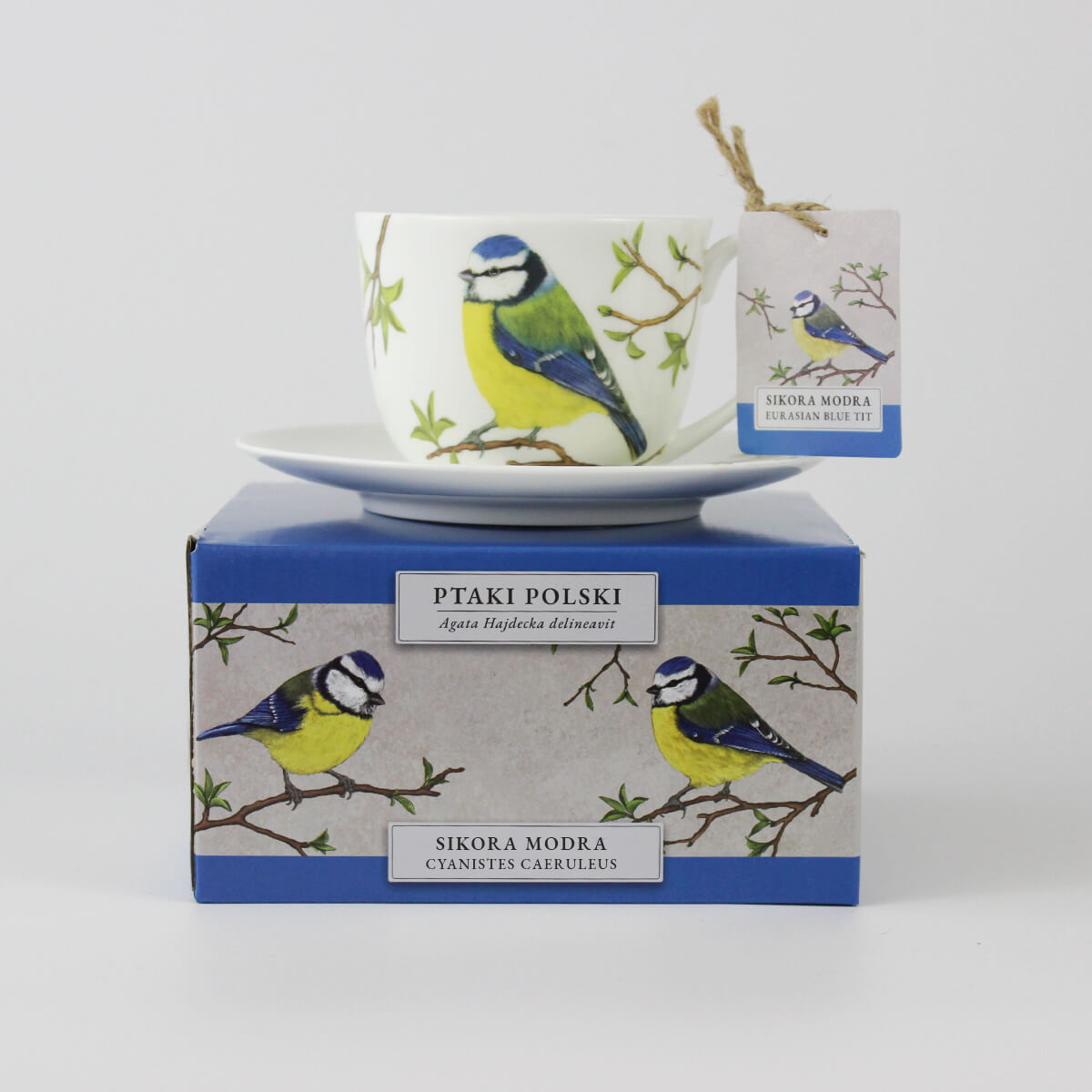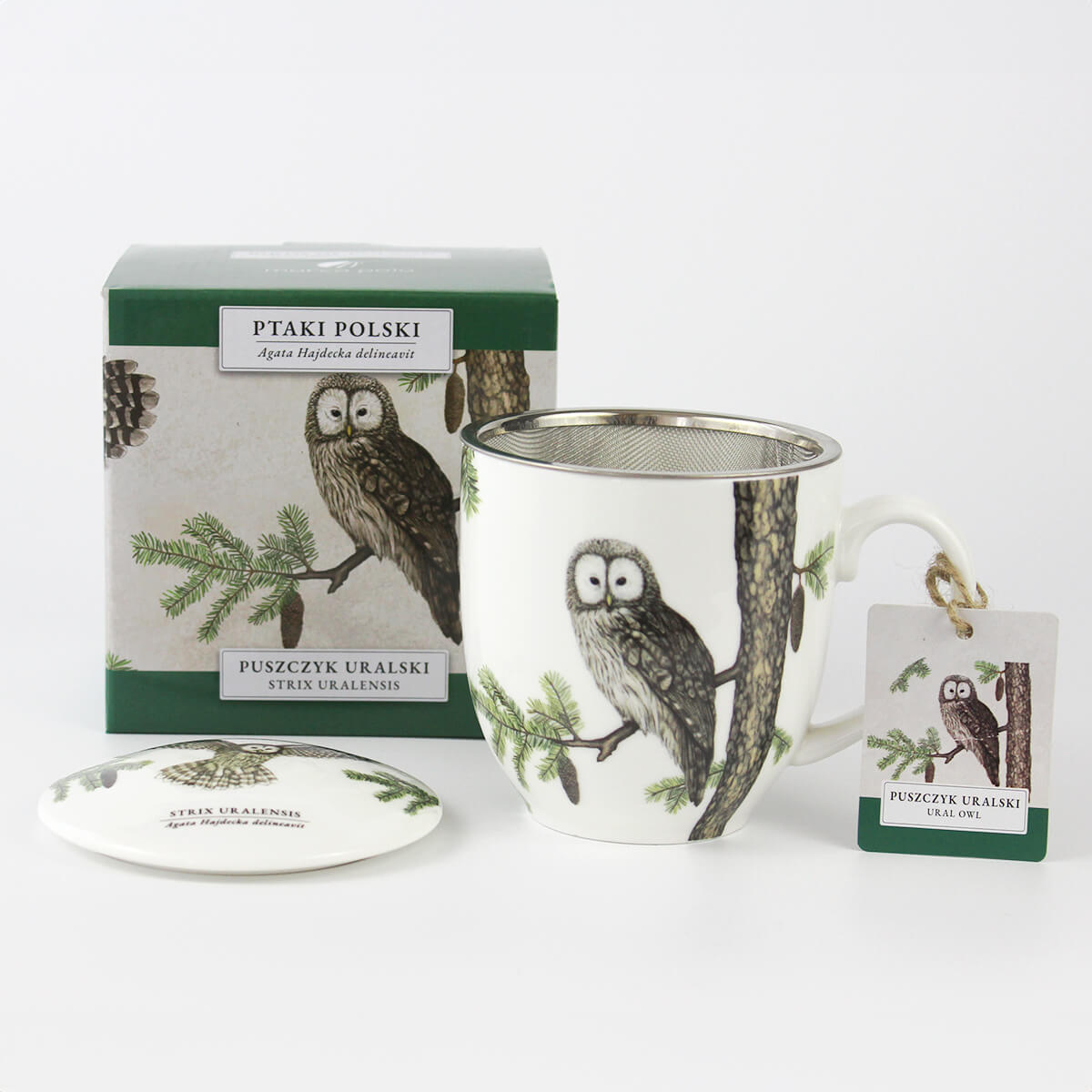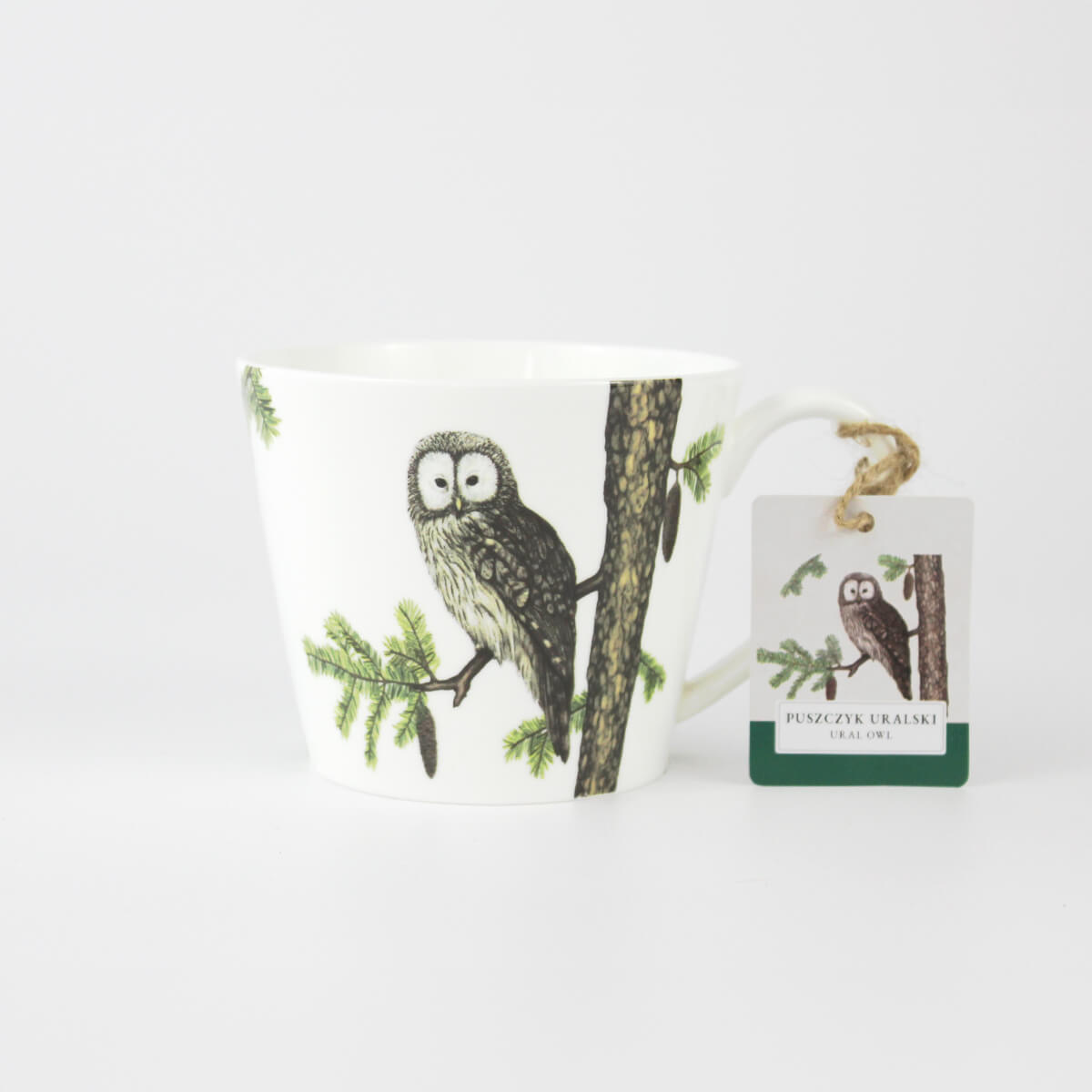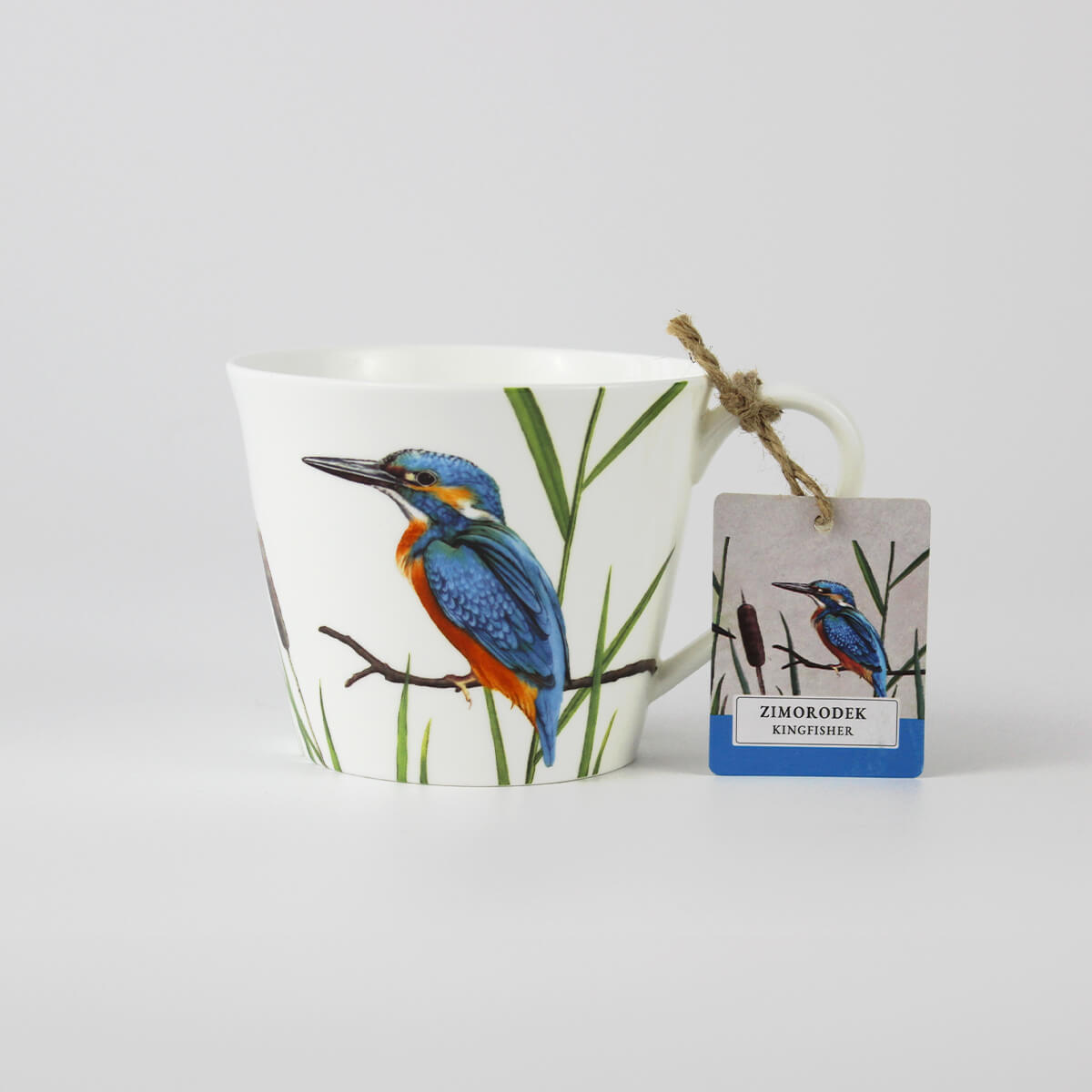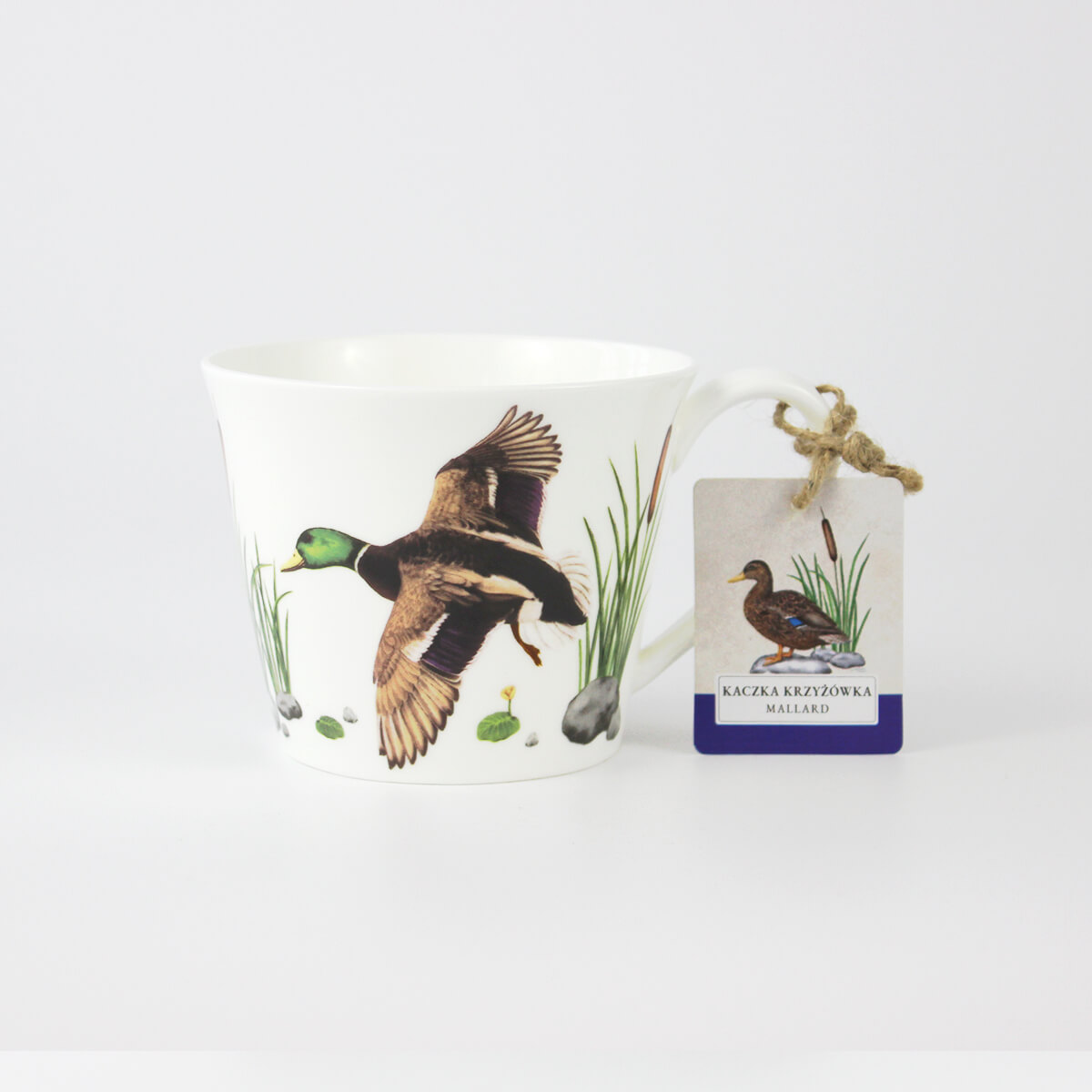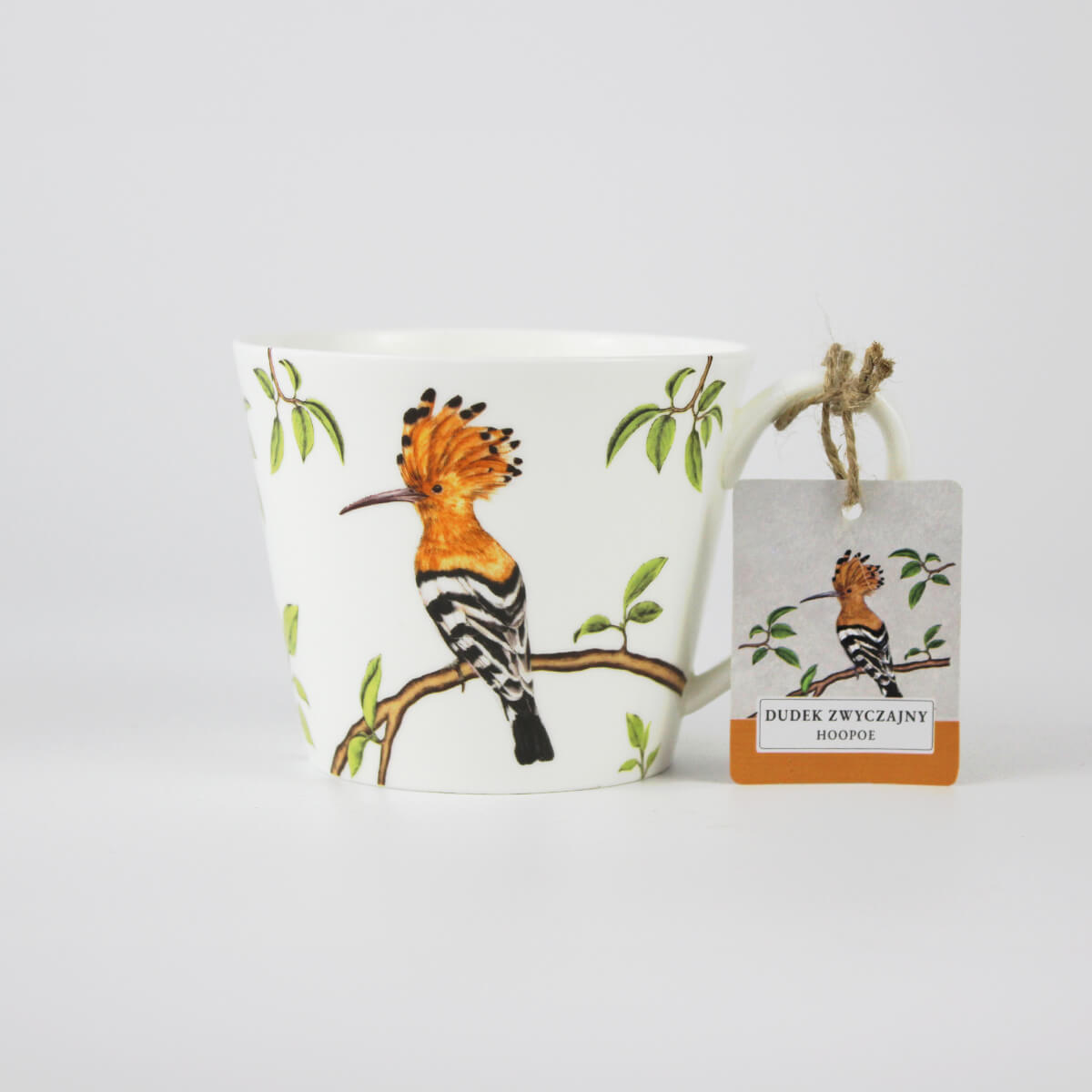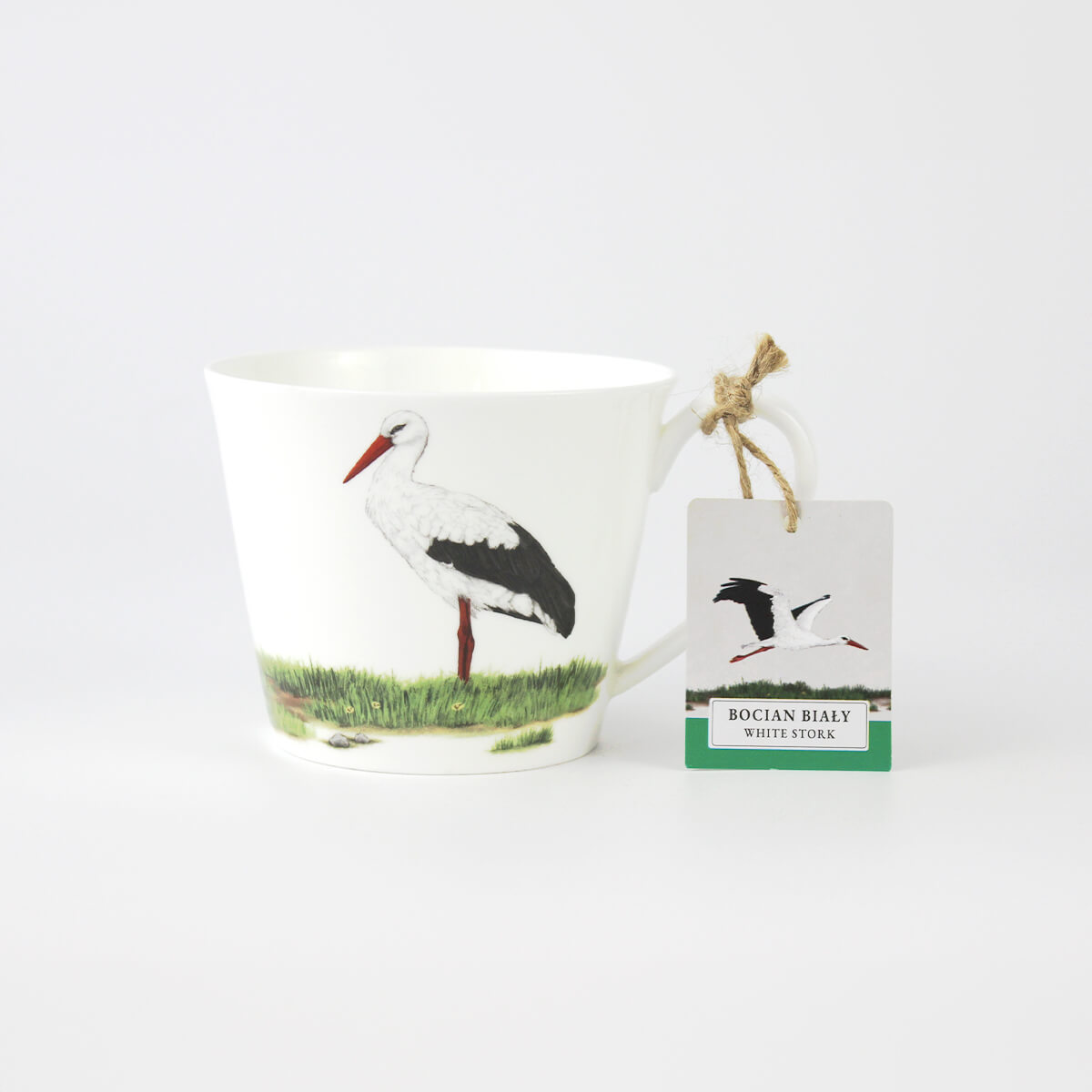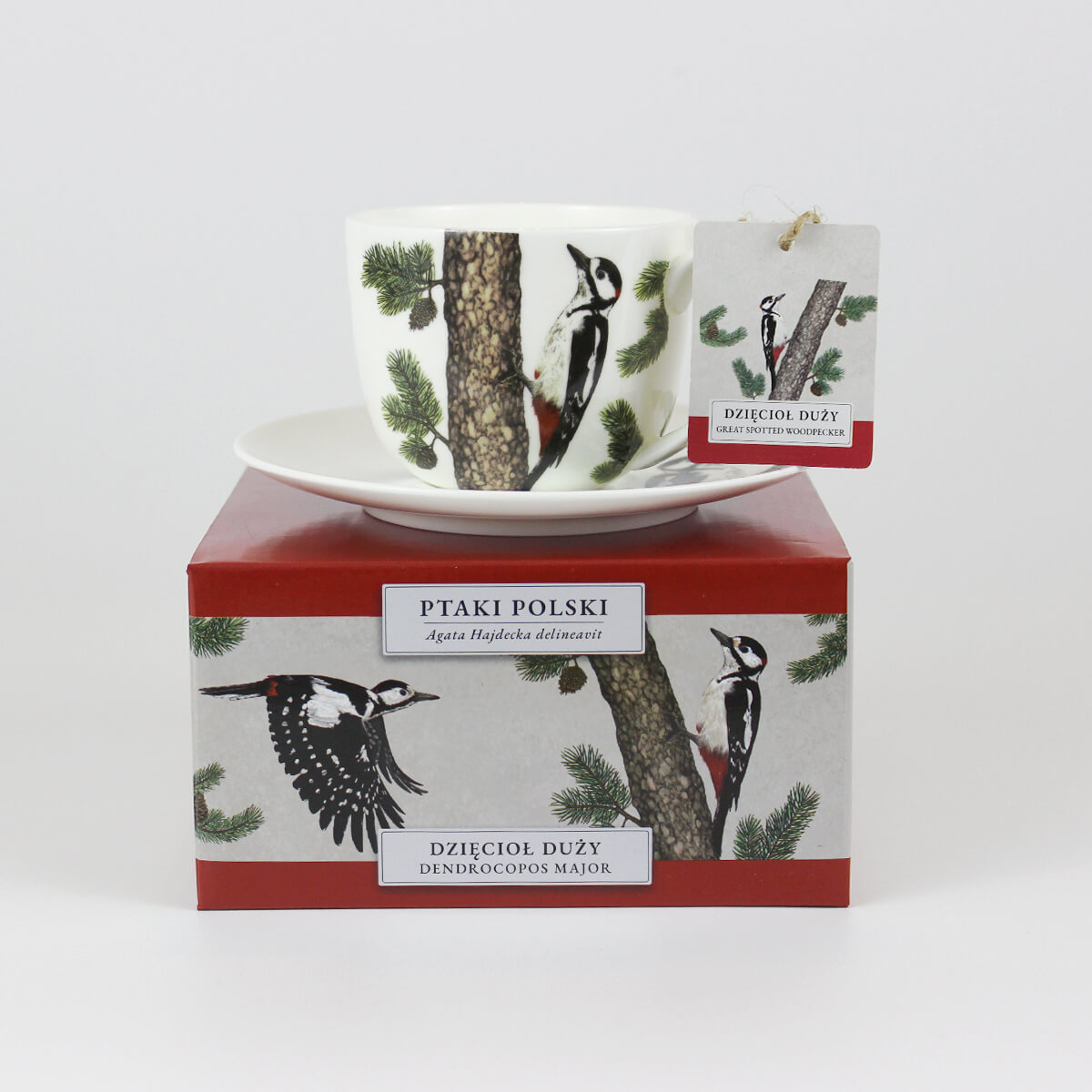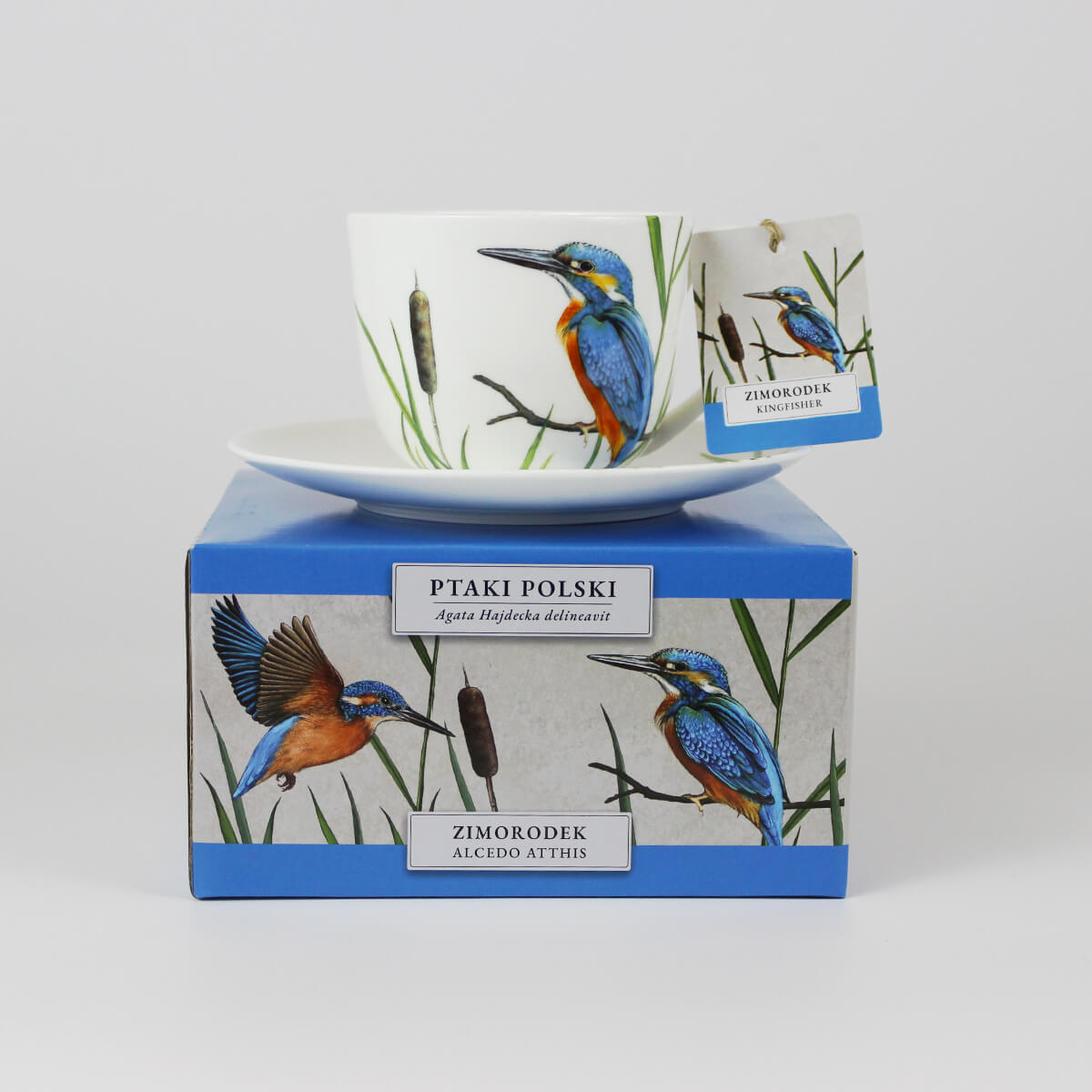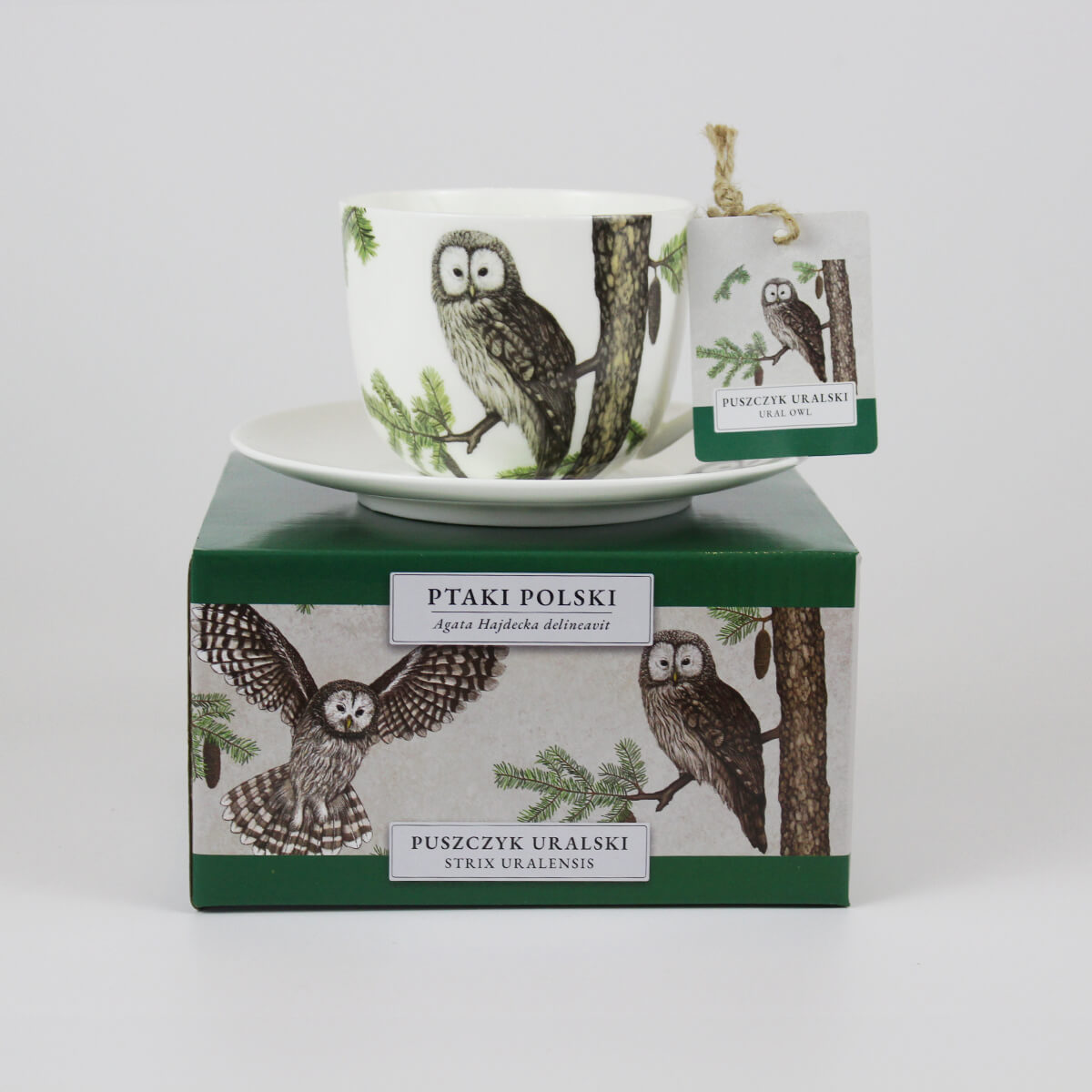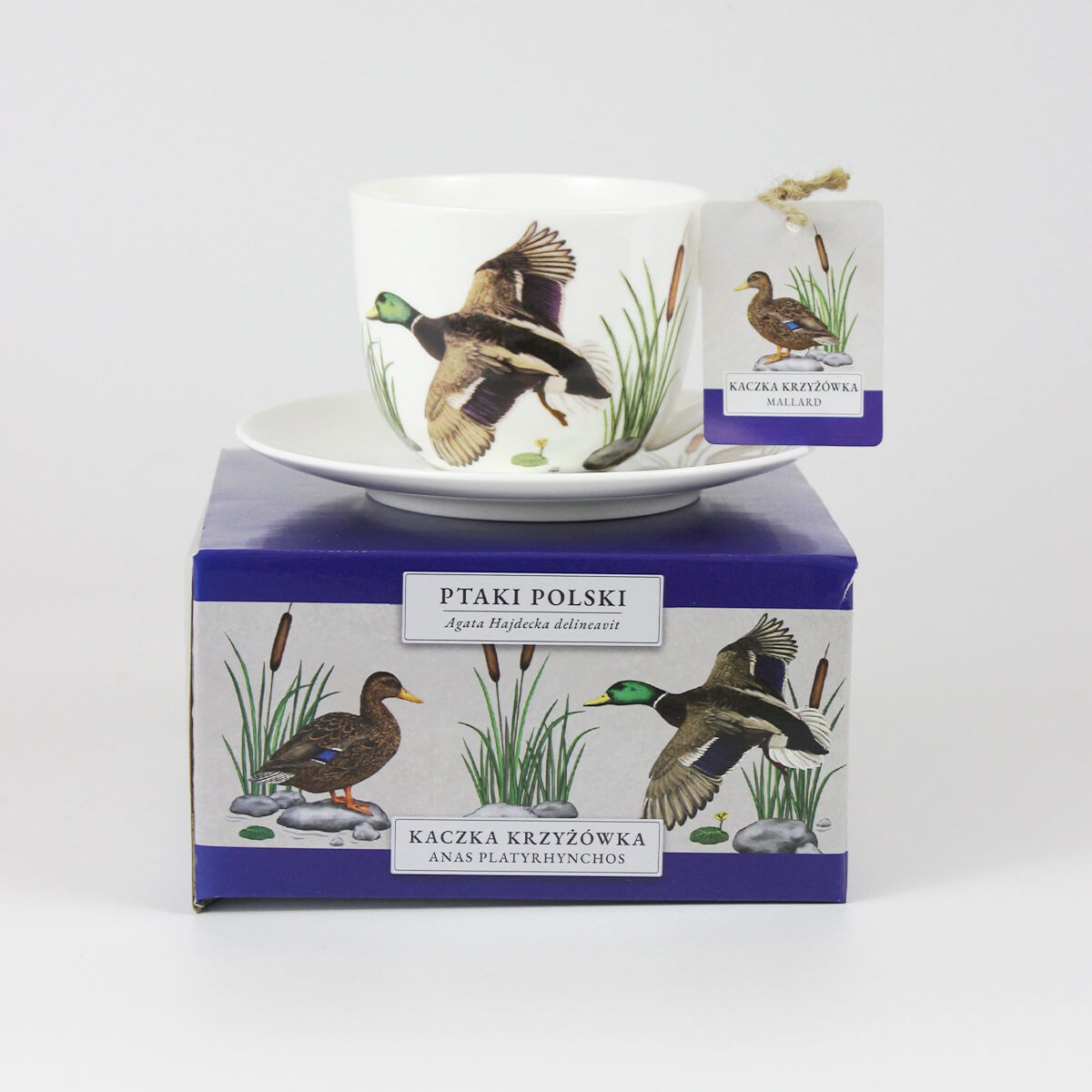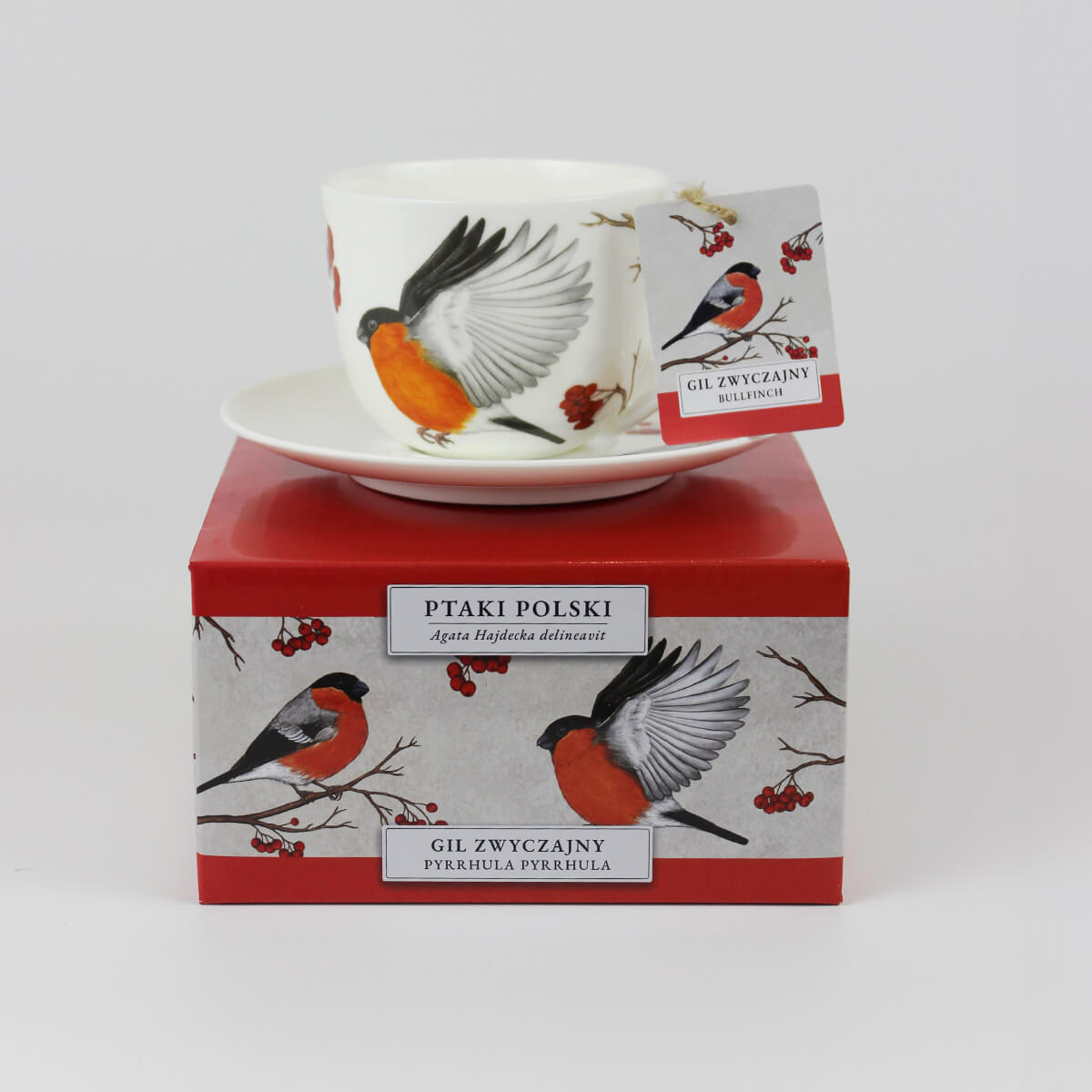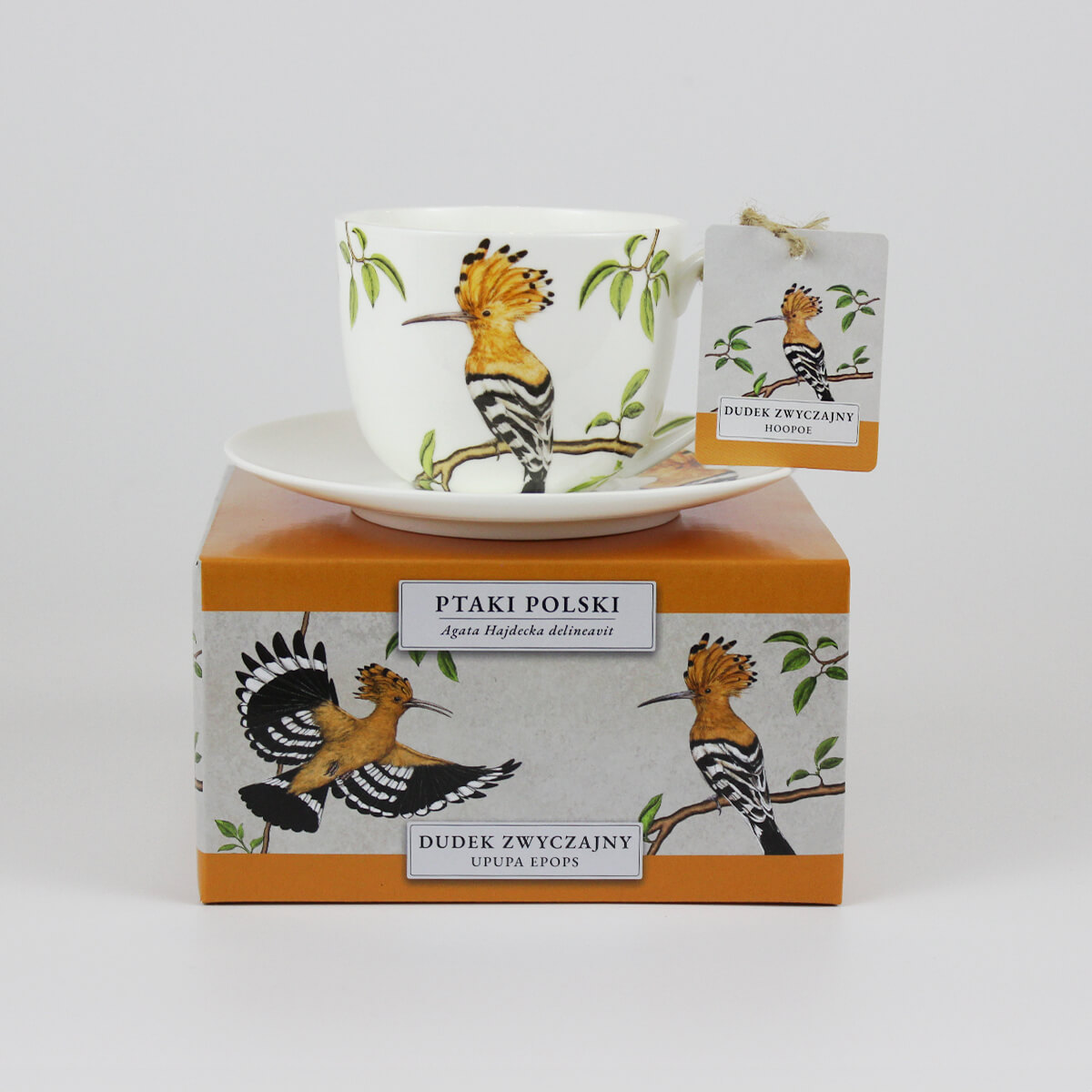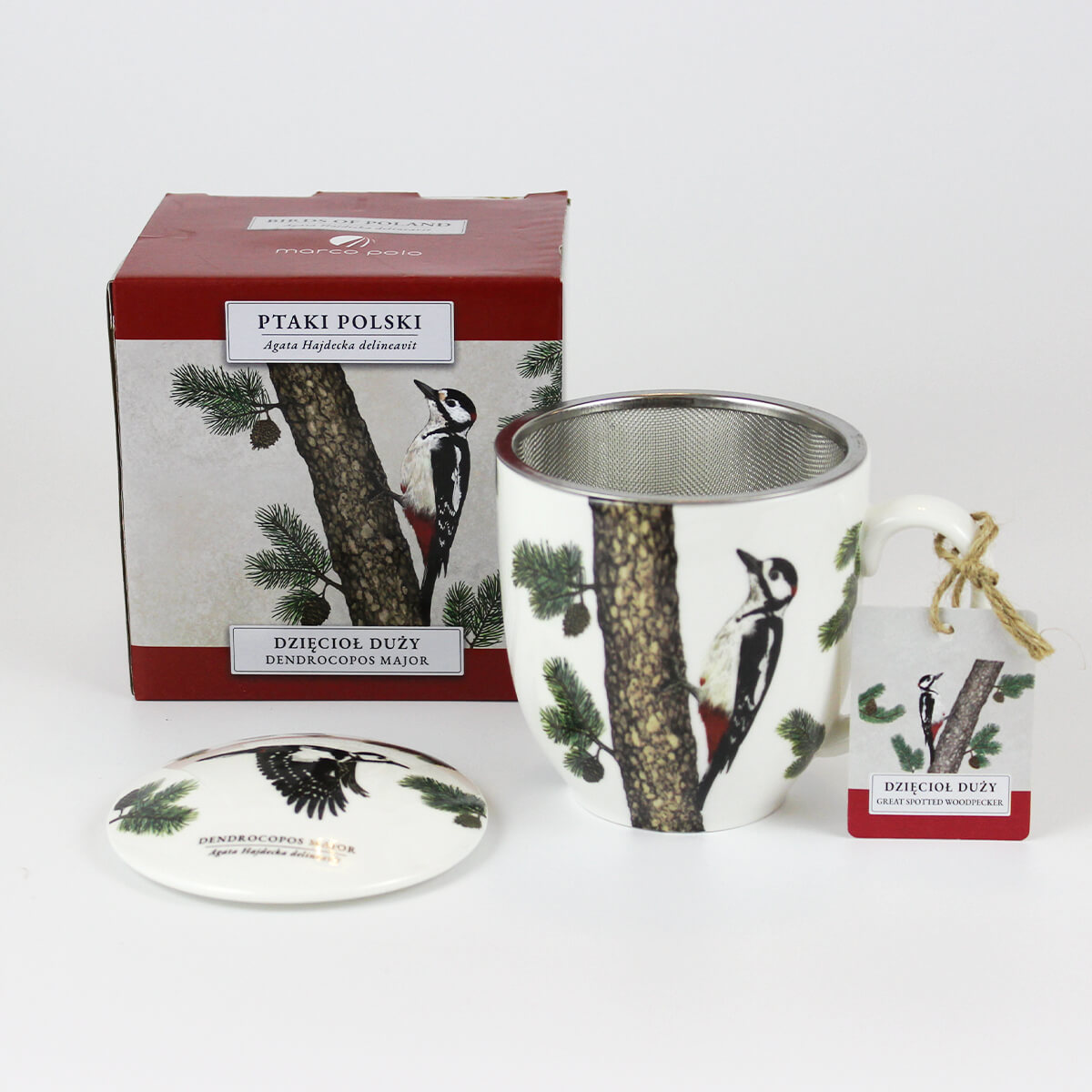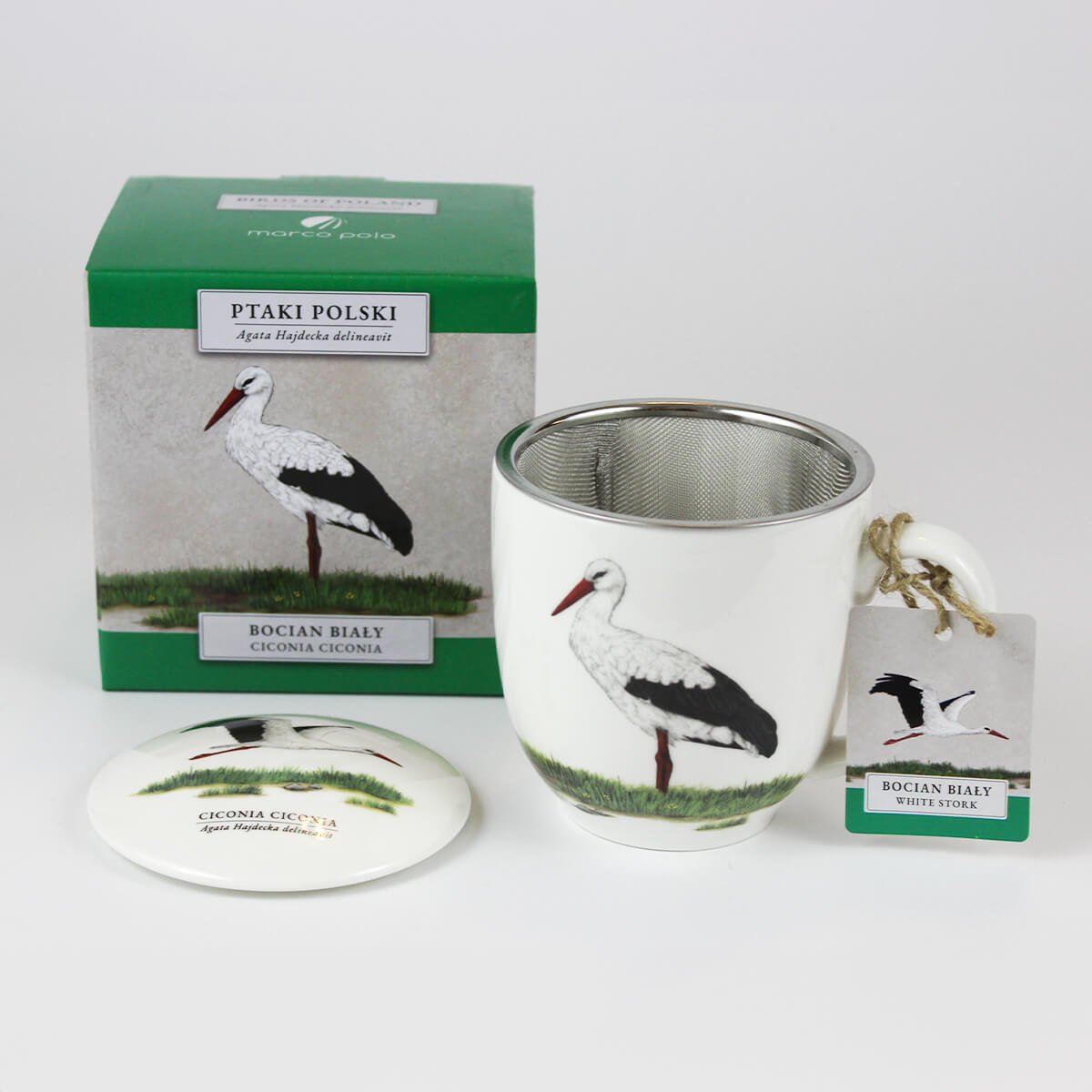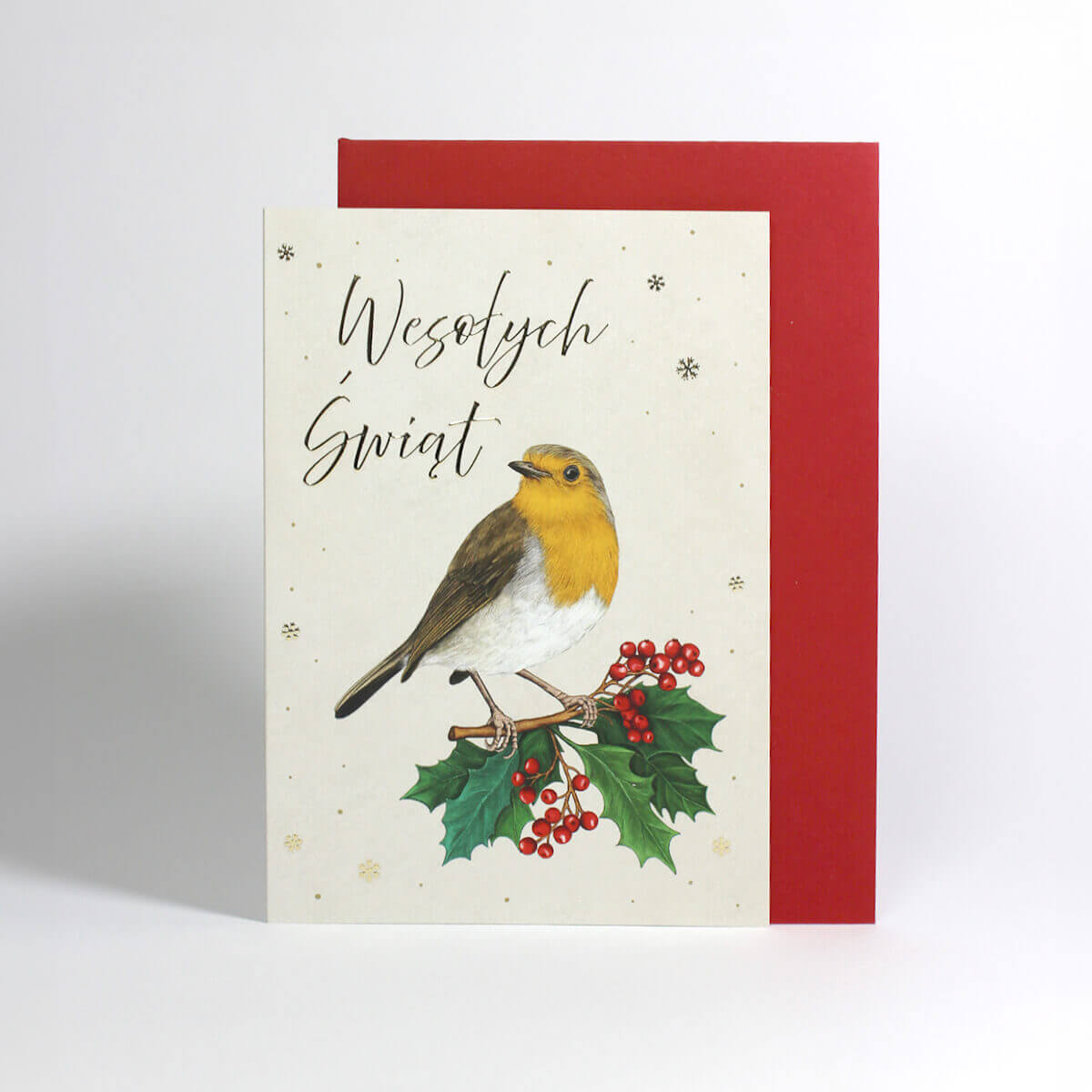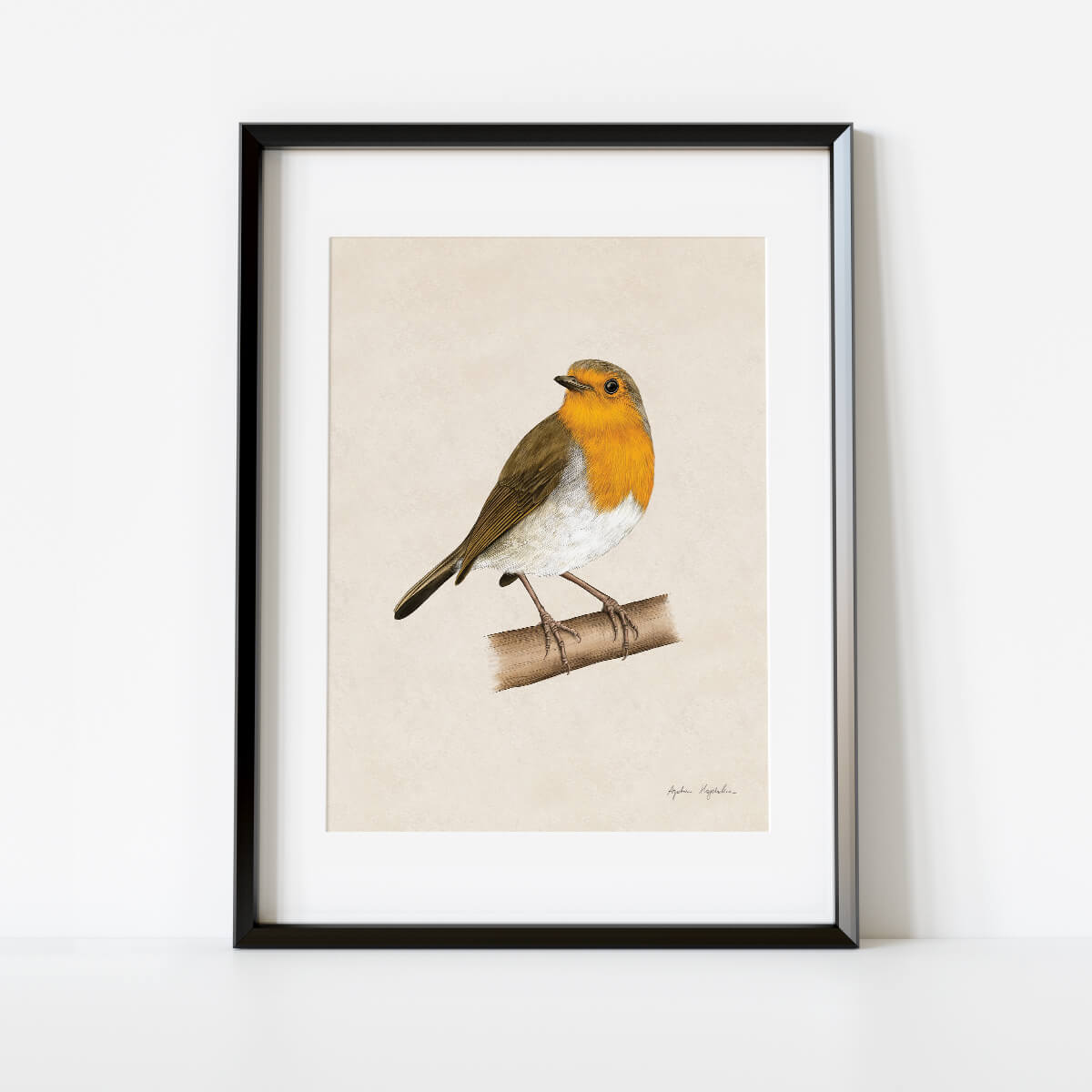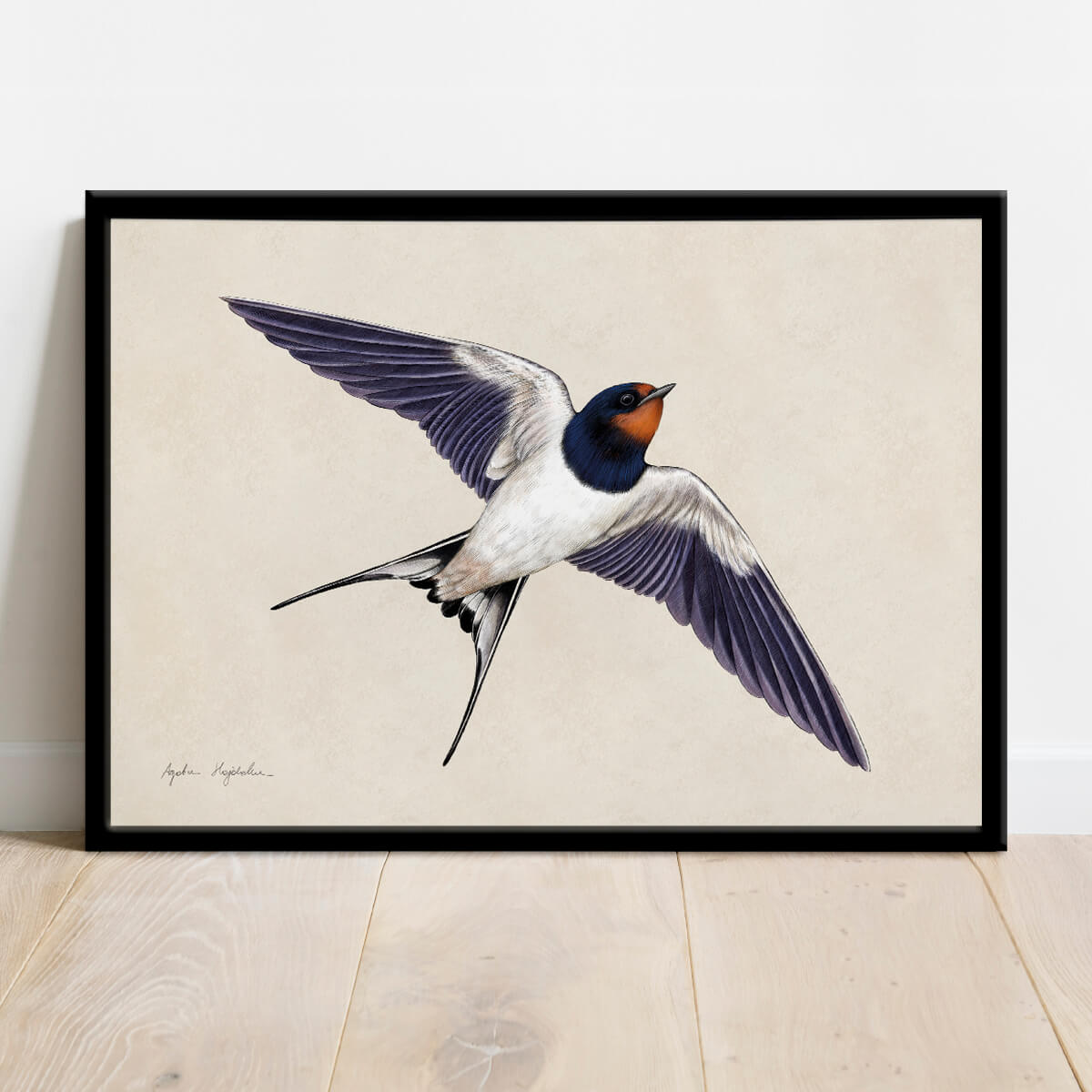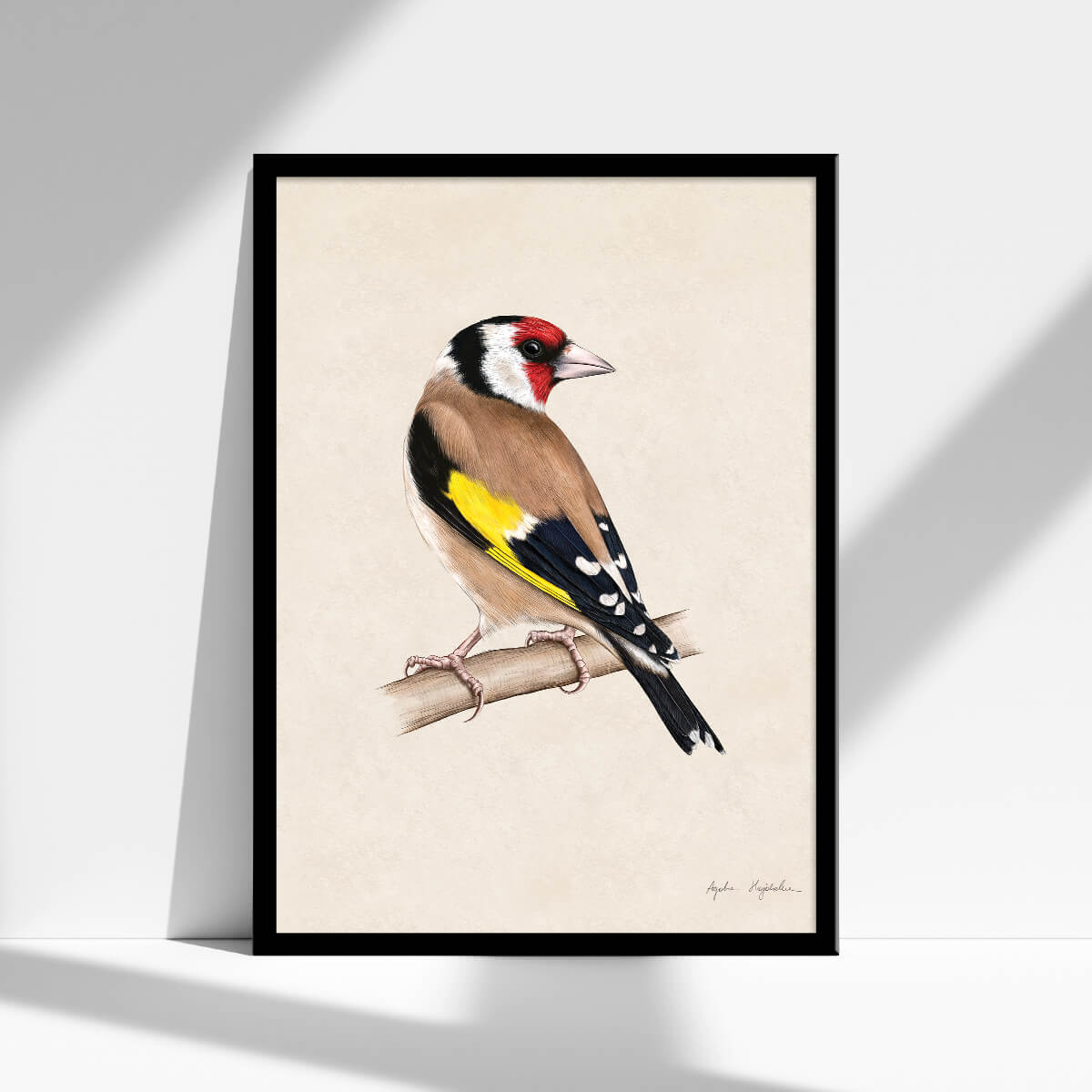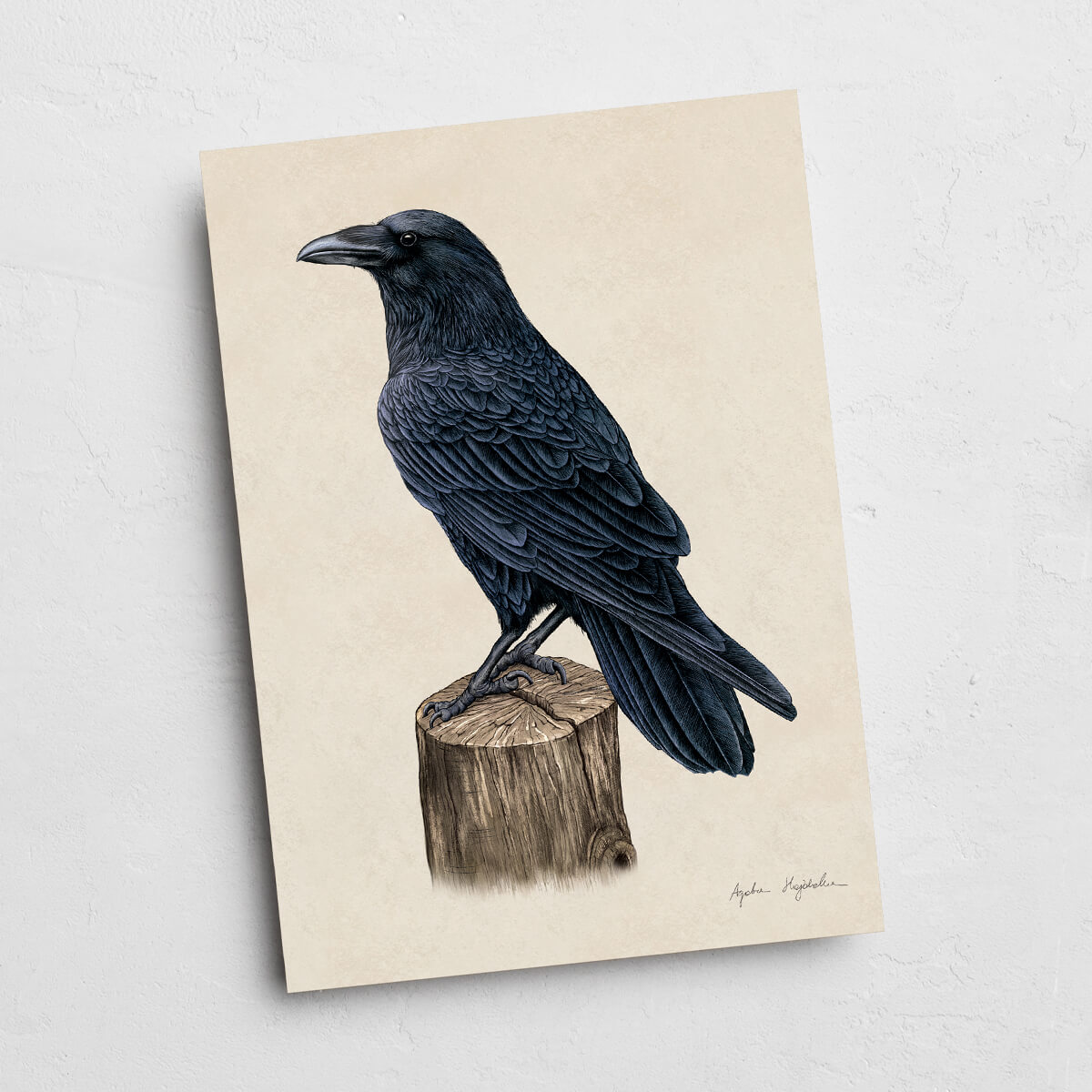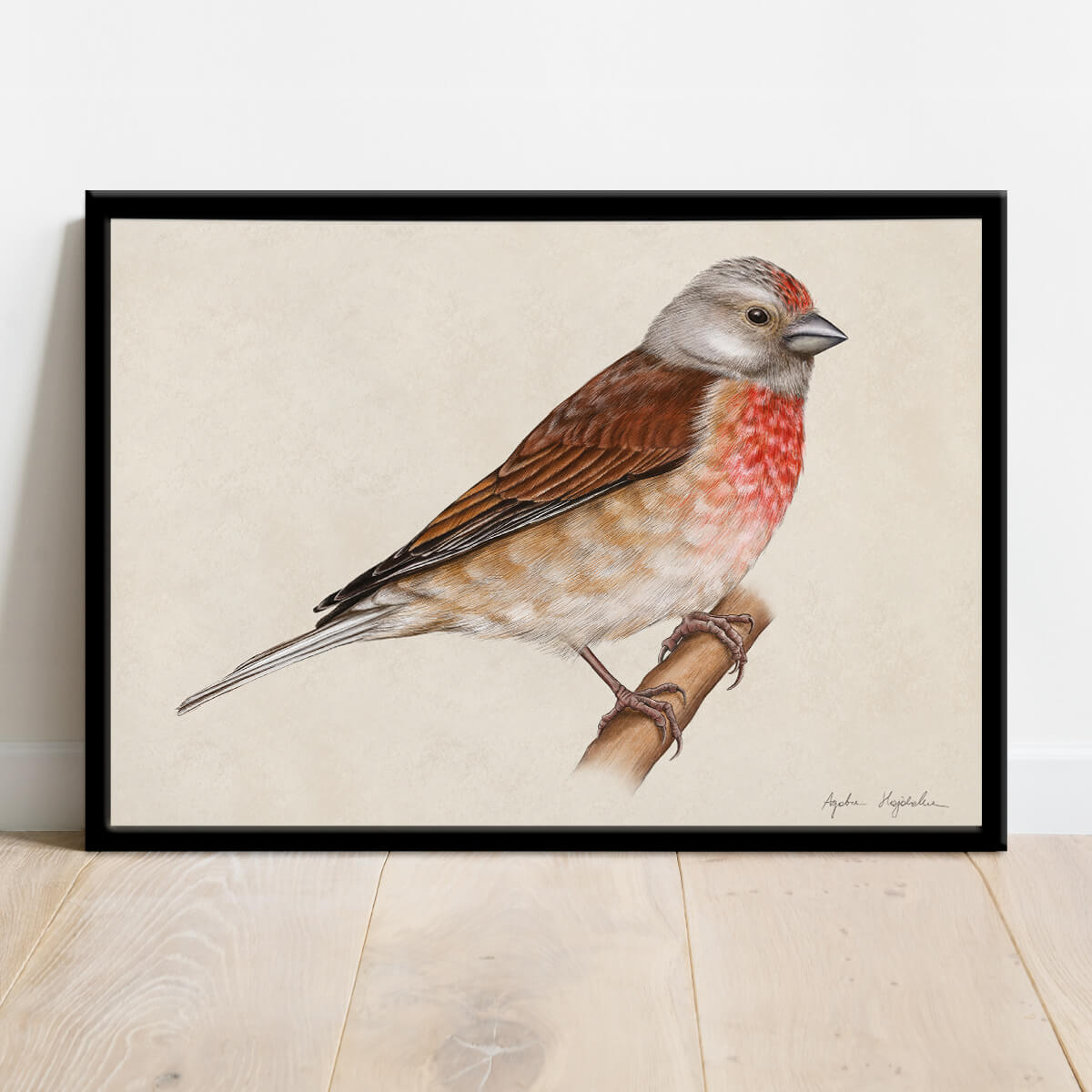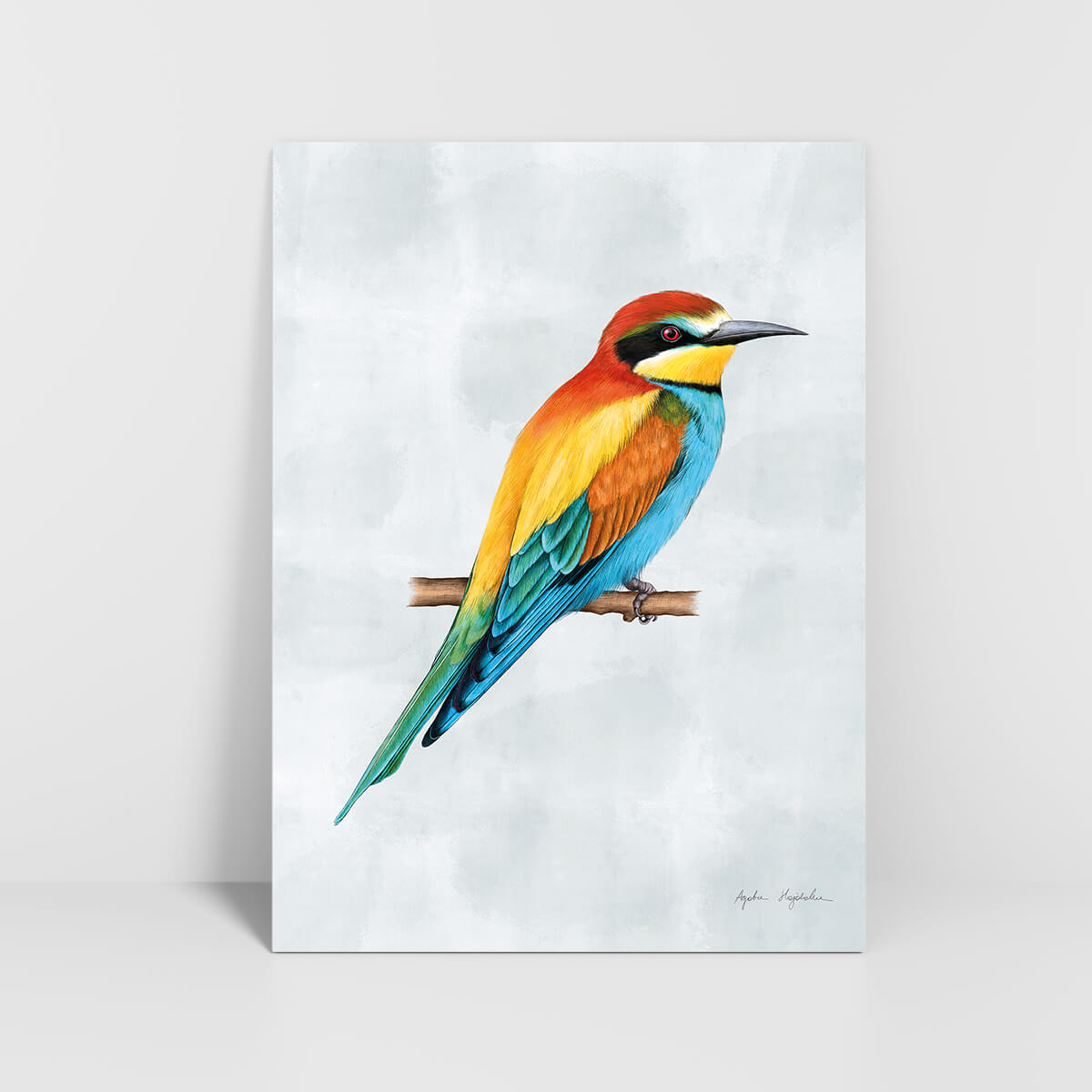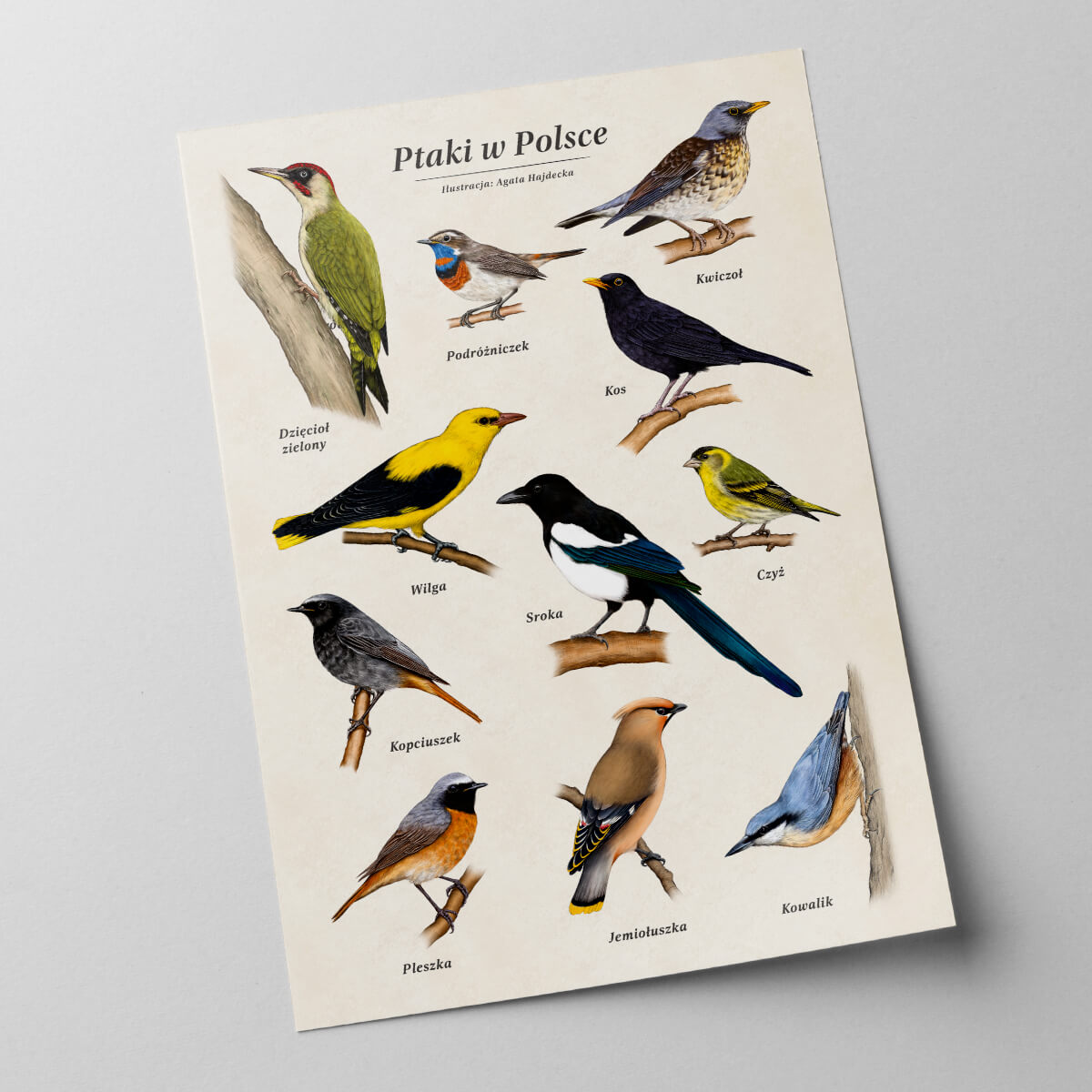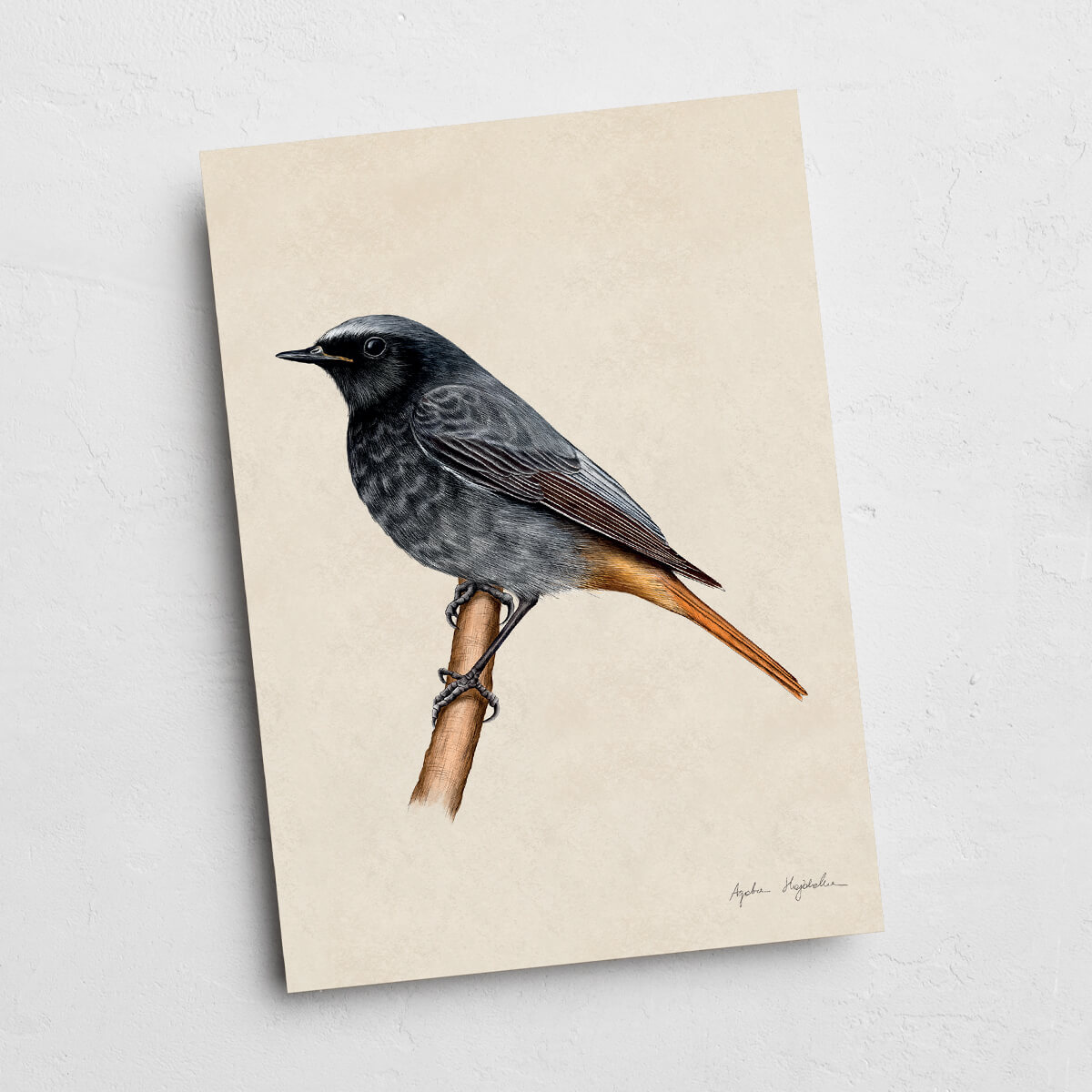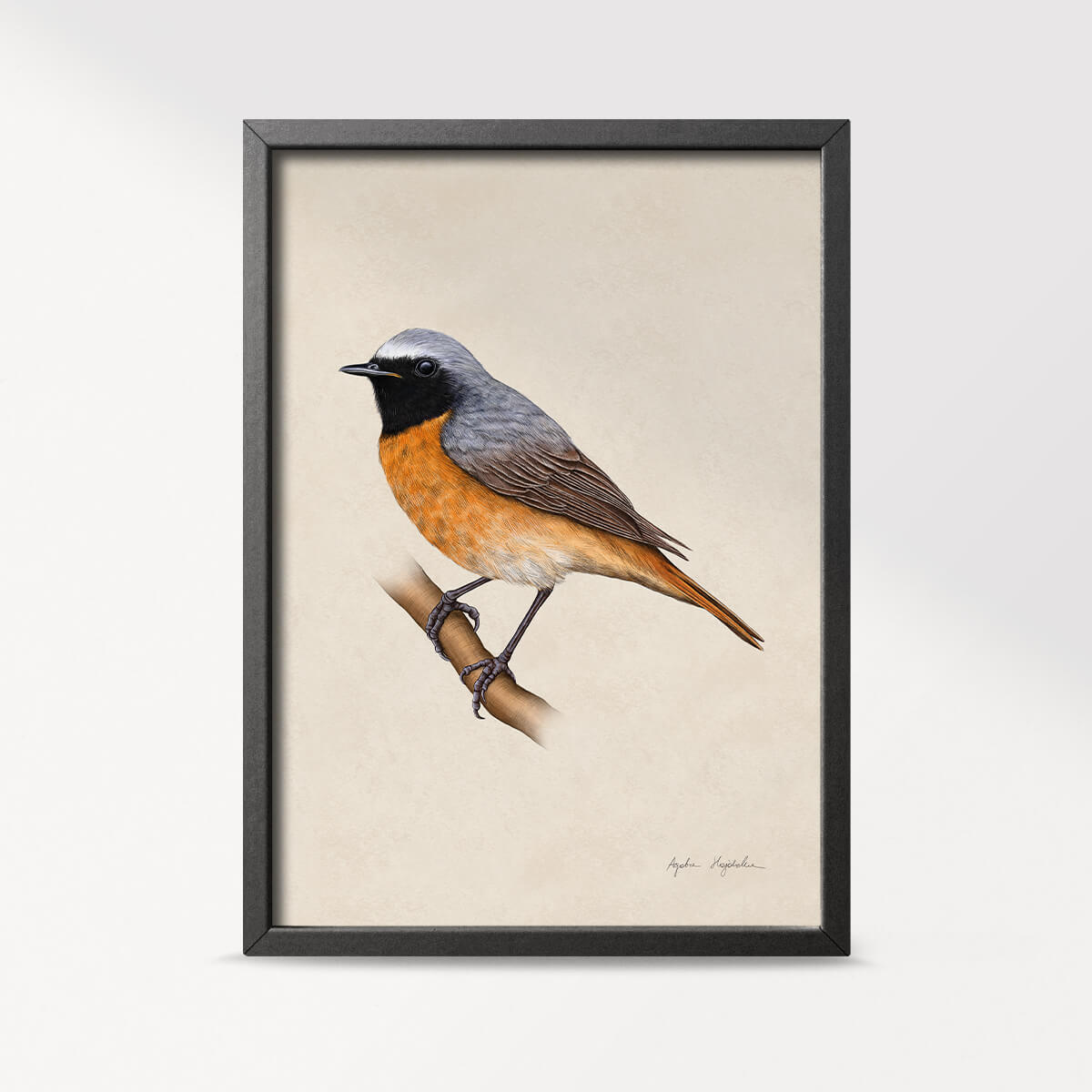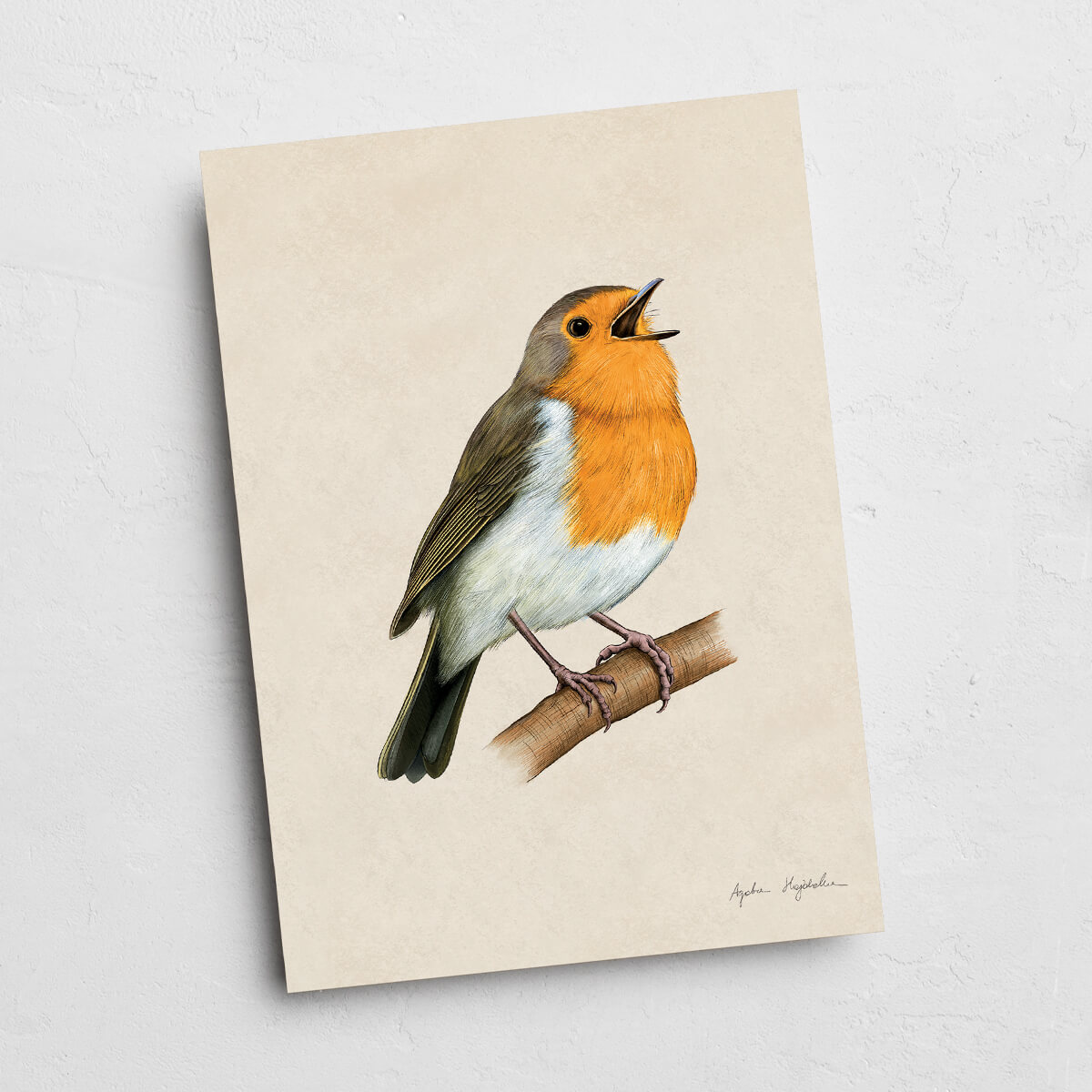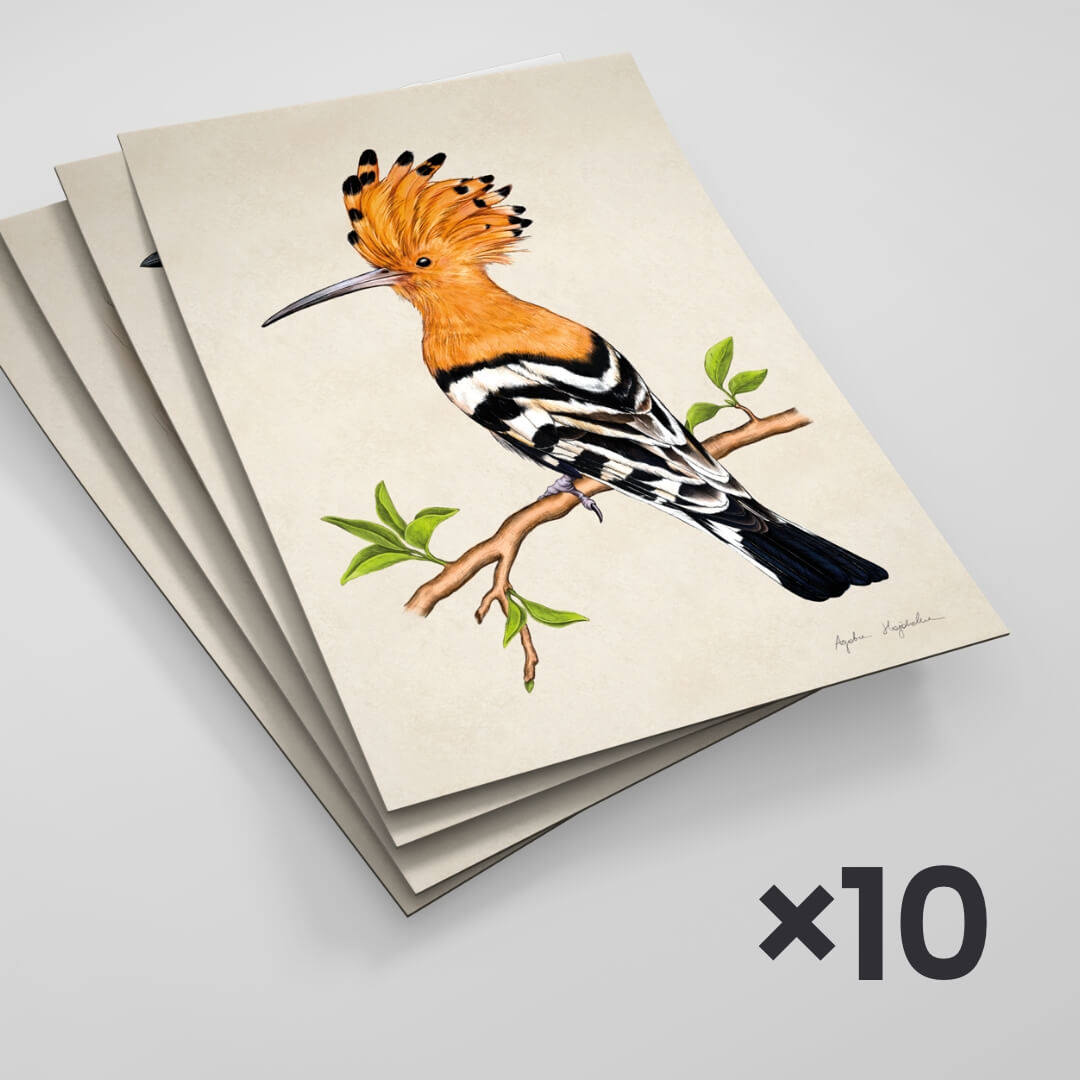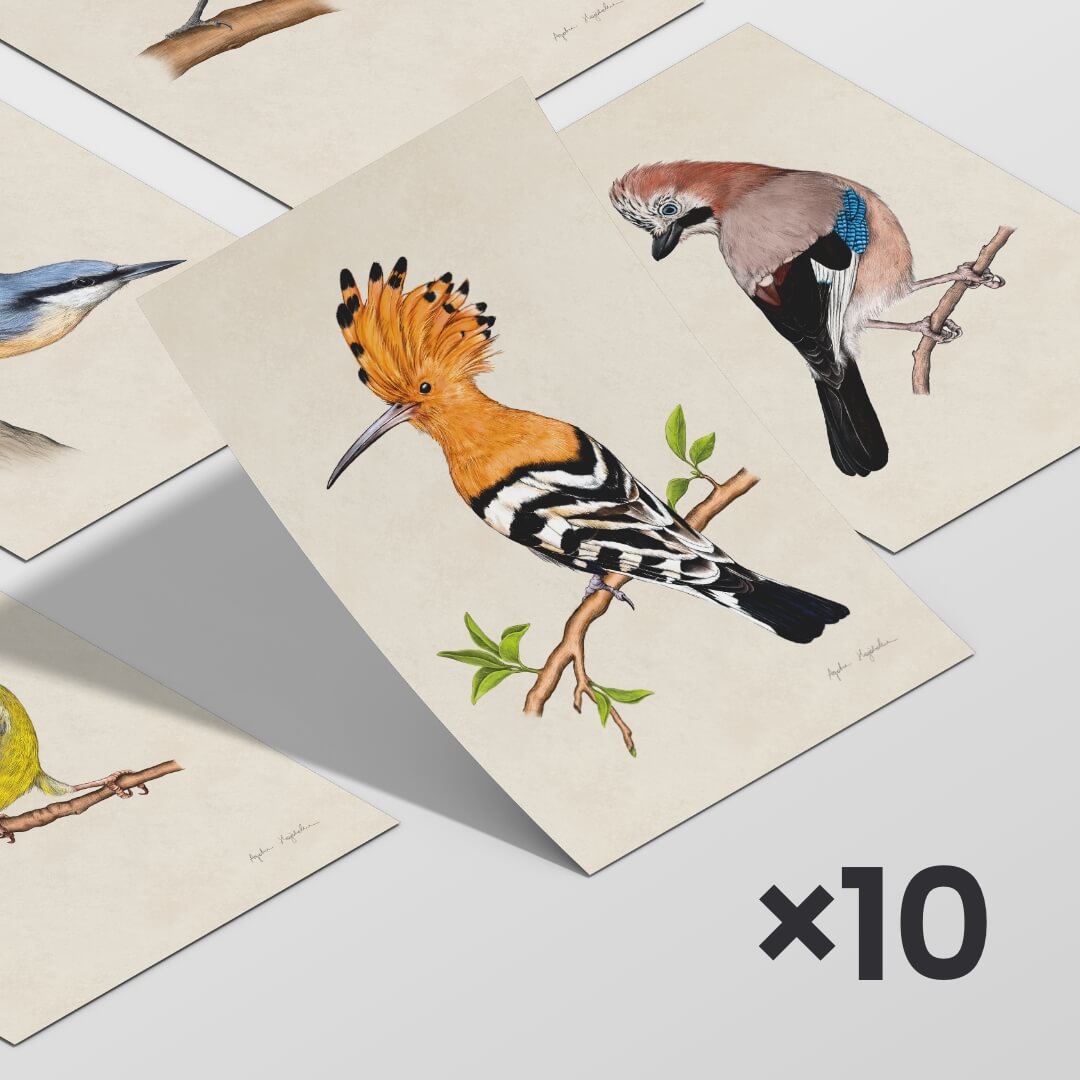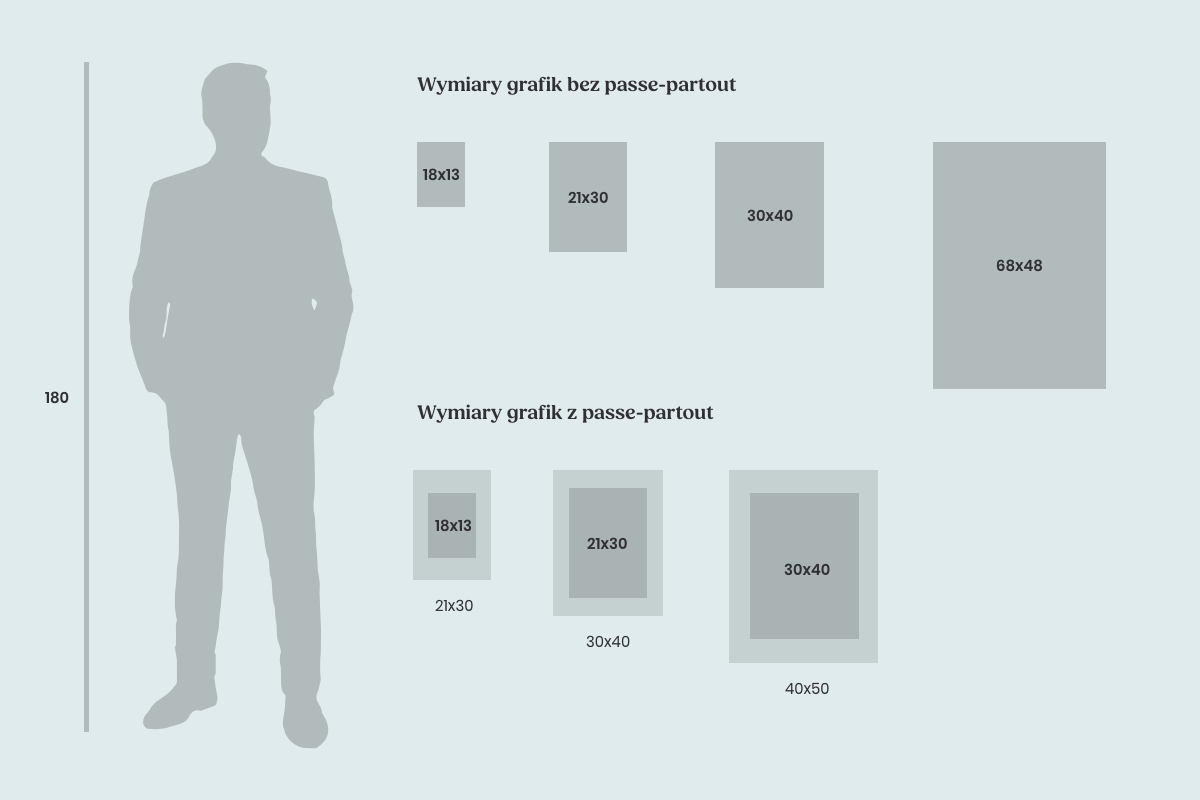- Tukan media
- Explore birds
- Black woodpecker
Black woodpecker
The Black Woodpecker is the largest woodpecker in Poland, entirely black with a red cap on males and a spot of the same color on females. The eye iris and the strong, long beak are in light shades, and attention is drawn to its feet with four toes, two of which point upward and two downward. They are equipped with sharp claws. The Black Woodpecker is a protected species in Poland. It leads a sedentary lifestyle and can be found throughout the country. It prefers deciduous forests, old pine forests, groves, and even large urban parks. The presence of old trees, in which it excavates its nest holes, is crucial for this bird.
What does the black woodpecker eat?
Its diet consists of – similar to other woodpeckers – insects living in wood, as well as their larvae and pupae. It also doesn't disdain ants. Thanks to its extended tongue base, it can effectively grasp its food, which adheres to the sticky surface of the tongue, ending with several backward-pointing barbs. In search of food, it pecks at tree bark, creating large openings in the process.
The black woodpecker's clutches consist of four to six eggs laid in cavities carved into the trunks of old trees. If you're wondering about the color of the eggs of the black woodpecker and you suspect that, similar to their plumage, they have a dark hue, you're mistaken – the eggs are actually white. After 14 days, the chicks hatch from the eggs and leave the nest after about 28 days.
The black woodpecker – intriguing facts about the largest woodpecker in Poland
Since you already know where the black woodpecker occurs in Poland and the areas where you can find it, you should also be aware that:
- it is a very shy bird. It is much easier to hear it than to see it – it makes distinctive sounds, like metallic whistles and vibrations, often referred to in folklore as a devilish laughter. Its call is often mistaken for the calls of predatory birds. It loudly drums on thick and old branches,
- the nest holes of black woodpeckers are used by other birds as well as forest mice, squirrels, and bats,
- similarly to the great spotted woodpecker, the black woodpecker also creates "anvils" - it immobilizes cones in tree crevices to extract seeds from them,
- this woodpecker - like other woodpecker species - has a skull adapted to shocks. Its proper construction dampens shocks and transforms them into thermal energy. Because of this, birds have to take breaks from drumming to avoid overheating their heads.

Listen to the voice
Products with an illustration of the black woodpecker
Black Woodpeckers are known for their persistent excavation of tree cavities, crafting new nest holes before each breeding season. This meticulous process can take up to two weeks. Their remarkable determination, slightly mysterious and dark appearance, combined with their elegant black plumage, captivate not only ornithologists but also admirers of these fascinating birds.
In my collection, you will find a wide range of gadgets featuring the image of this bird – take a look at the available collection!
View products with black woodpecker
58.00 zł
25.00 zł 20.00 zł
5.00 zł
20.00 zł – 120.00 zł
Black Woodpecker - Additional Information

Black woodpecker
Dryocopus martius
Family
Woodpeckers
Locations of Occurrence
The entire country
Food
Larvae, pupae, and adult insects living in wood, including ants
Population
A scarce, locally moderately abundant breeding bird
Migrations
Resident
Breeding
4-6 white eggs. Incubation: 12-14 days. Young leave the nest after 24-28 days.
See other products with birds
89.00 zł
89.00 zł
20.00 zł – 120.00 zł
20.00 zł – 120.00 zł
20.00 zł – 120.00 zł
60.00 zł – 120.00 zł
20.00 zł – 120.00 zł
20.00 zł – 120.00 zł
20.00 zł – 120.00 zł
267.00 zł 230.00 zł
553.00 zł 499.00 zł
400.00 zł 375.00 zł
464.00 zł 439.00 zł
237.00 zł 225.00 zł
150.00 zł 143.00 zł
174.00 zł 165.00 zł
89.00 zł
50.00 zł
50.00 zł
58.00 zł
79.00 zł
79.00 zł
79.00 zł
79.00 zł
79.00 zł
50.00 zł
50.00 zł
50.00 zł
50.00 zł
50.00 zł
89.00 zł
89.00 zł
20.00 zł – 120.00 zł
20.00 zł – 120.00 zł
20.00 zł – 120.00 zł
20.00 zł – 120.00 zł
89.00 zł
20.00 zł – 120.00 zł
20.00 zł – 120.00 zł
60.00 zł – 120.00 zł
20.00 zł – 120.00 zł
20.00 zł – 120.00 zł
20.00 zł – 120.00 zł
600.00 zł 500.00 zł
160.00 zł – 320.00 zł
450.00 zł 400.00 zł
